

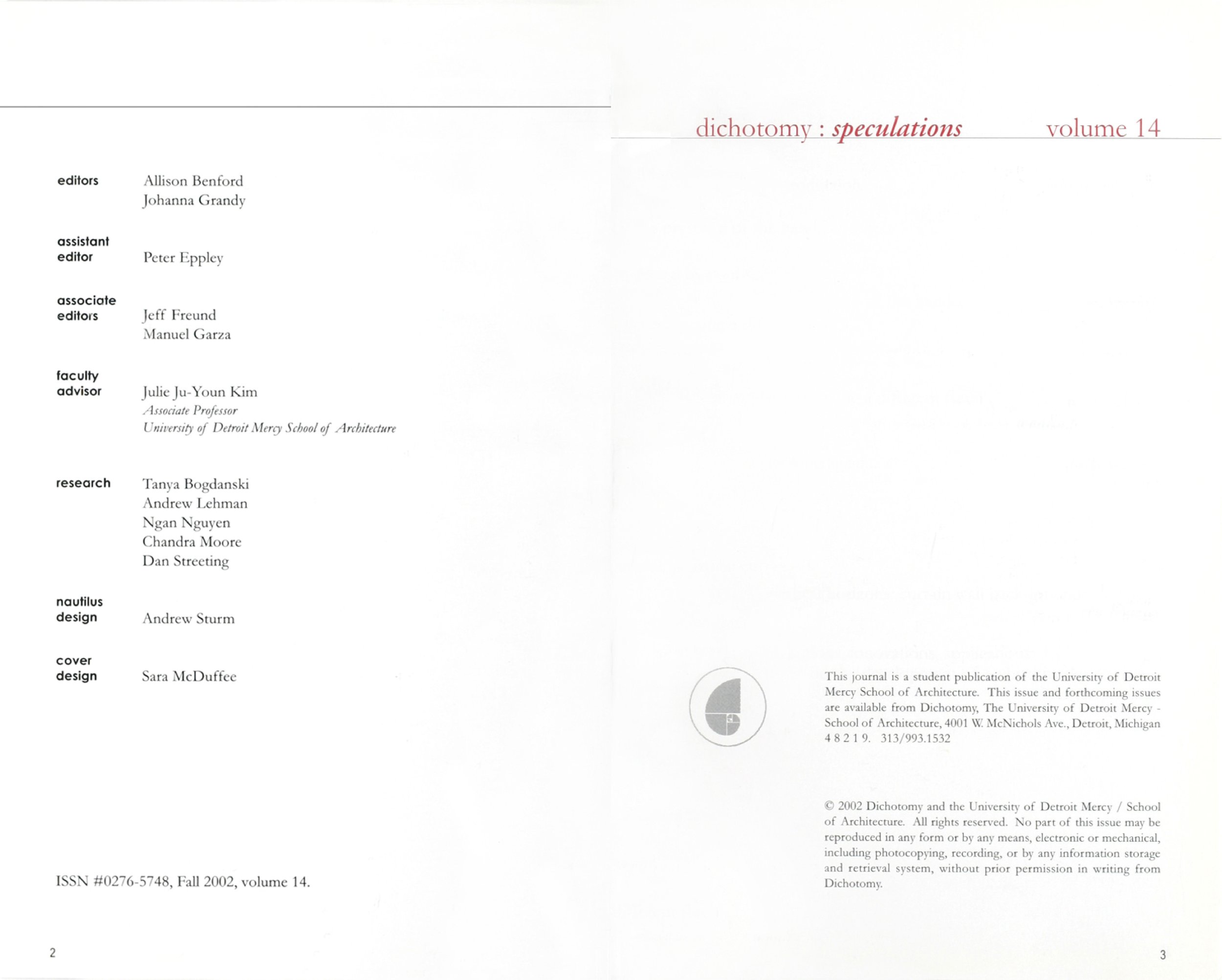
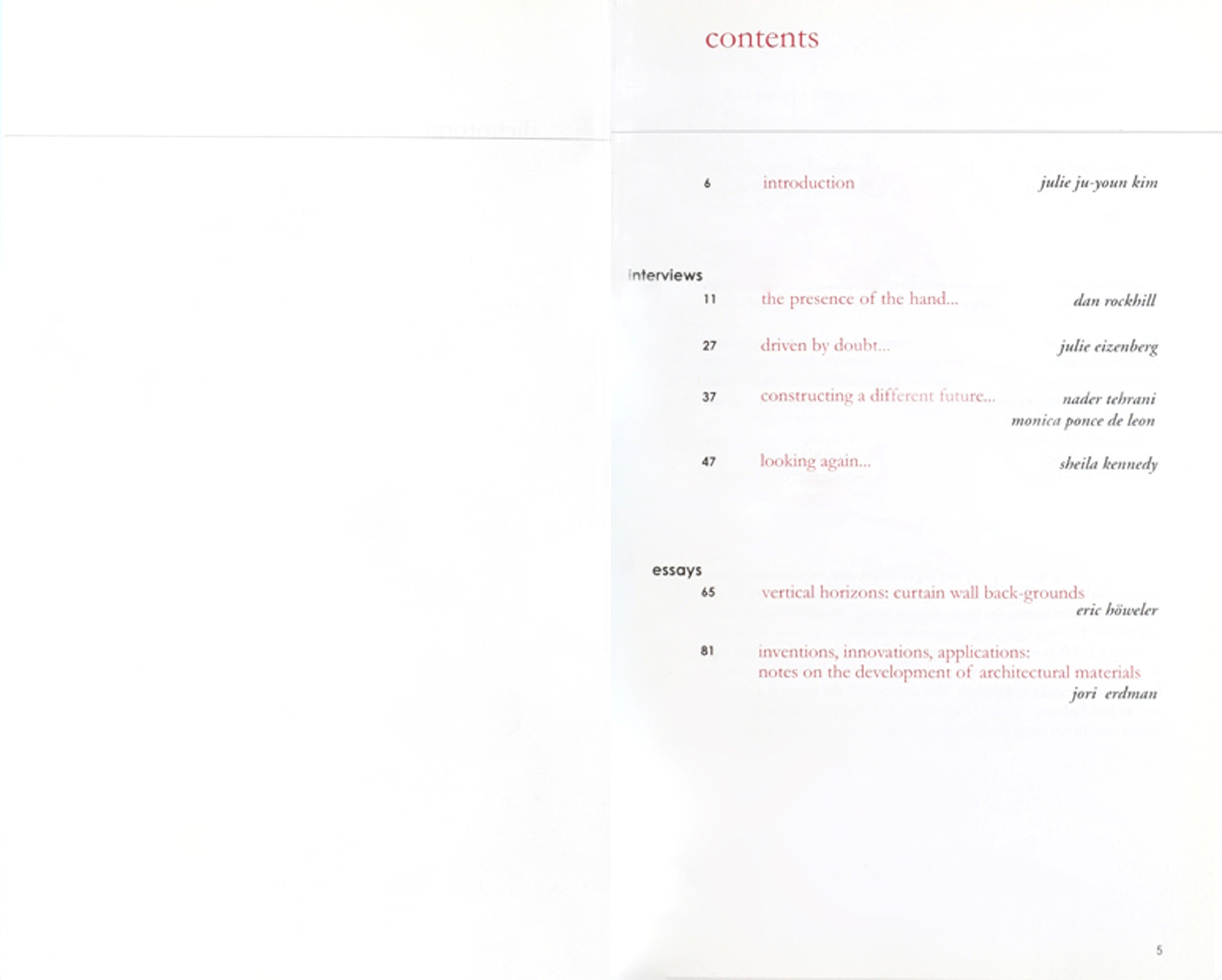
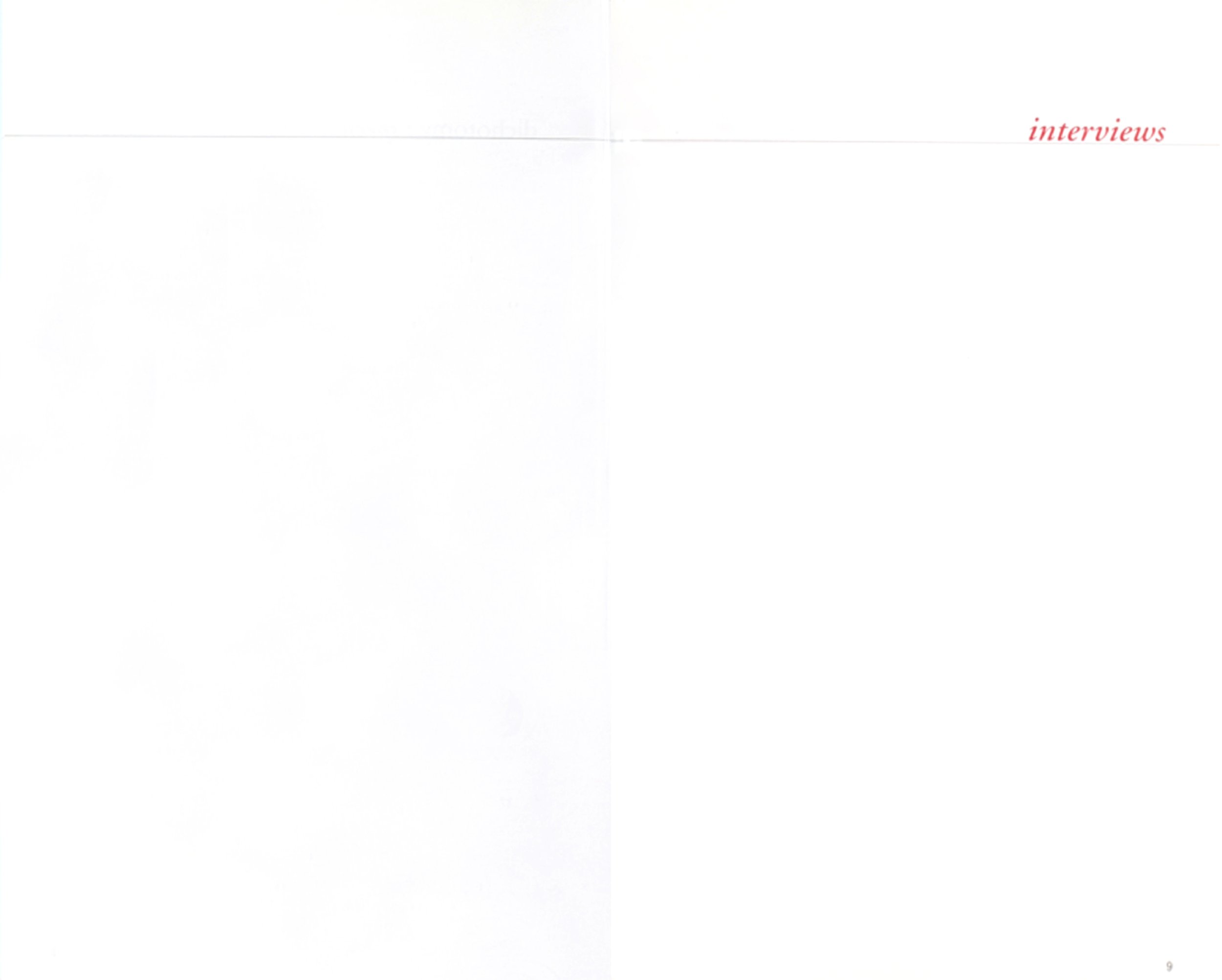

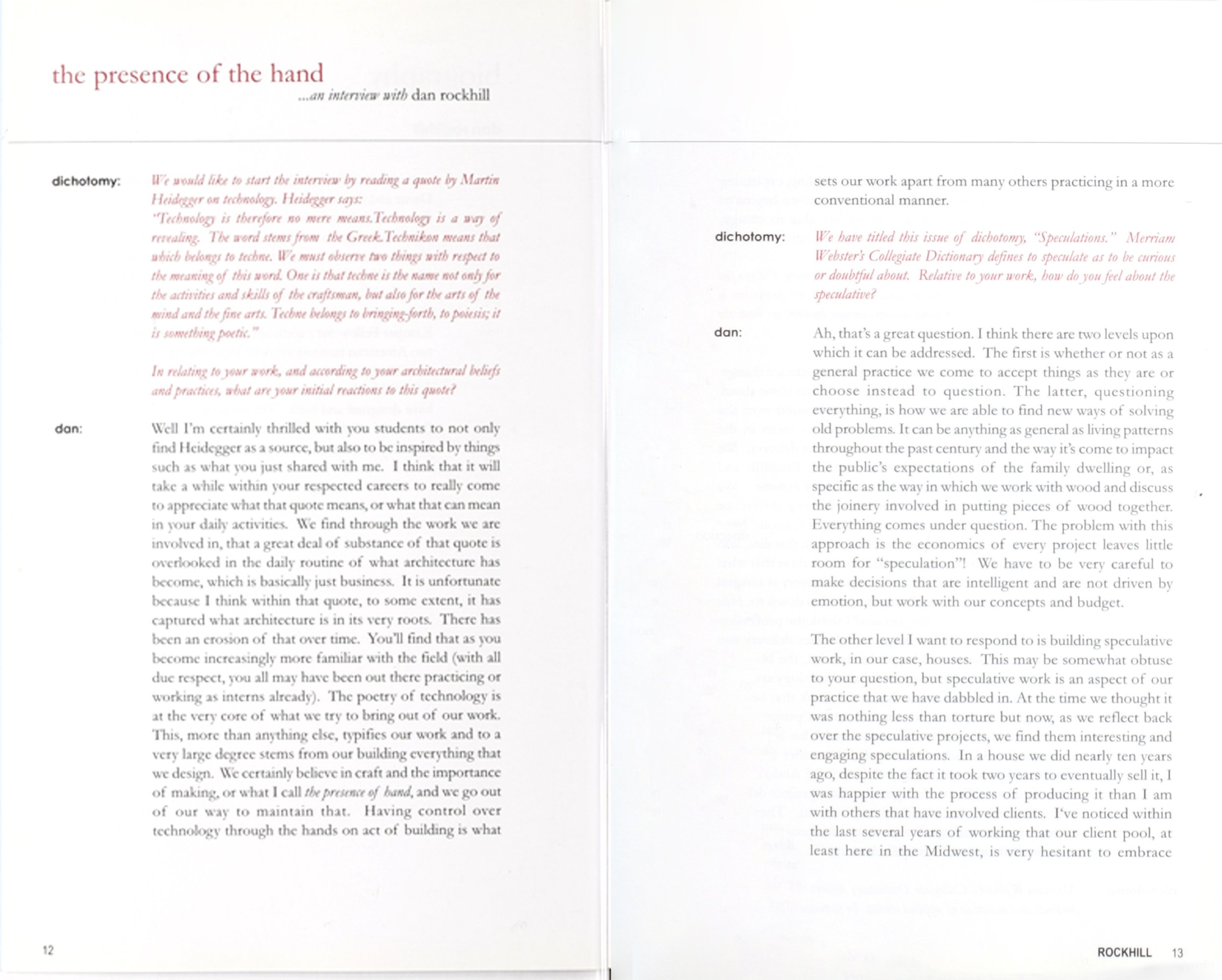

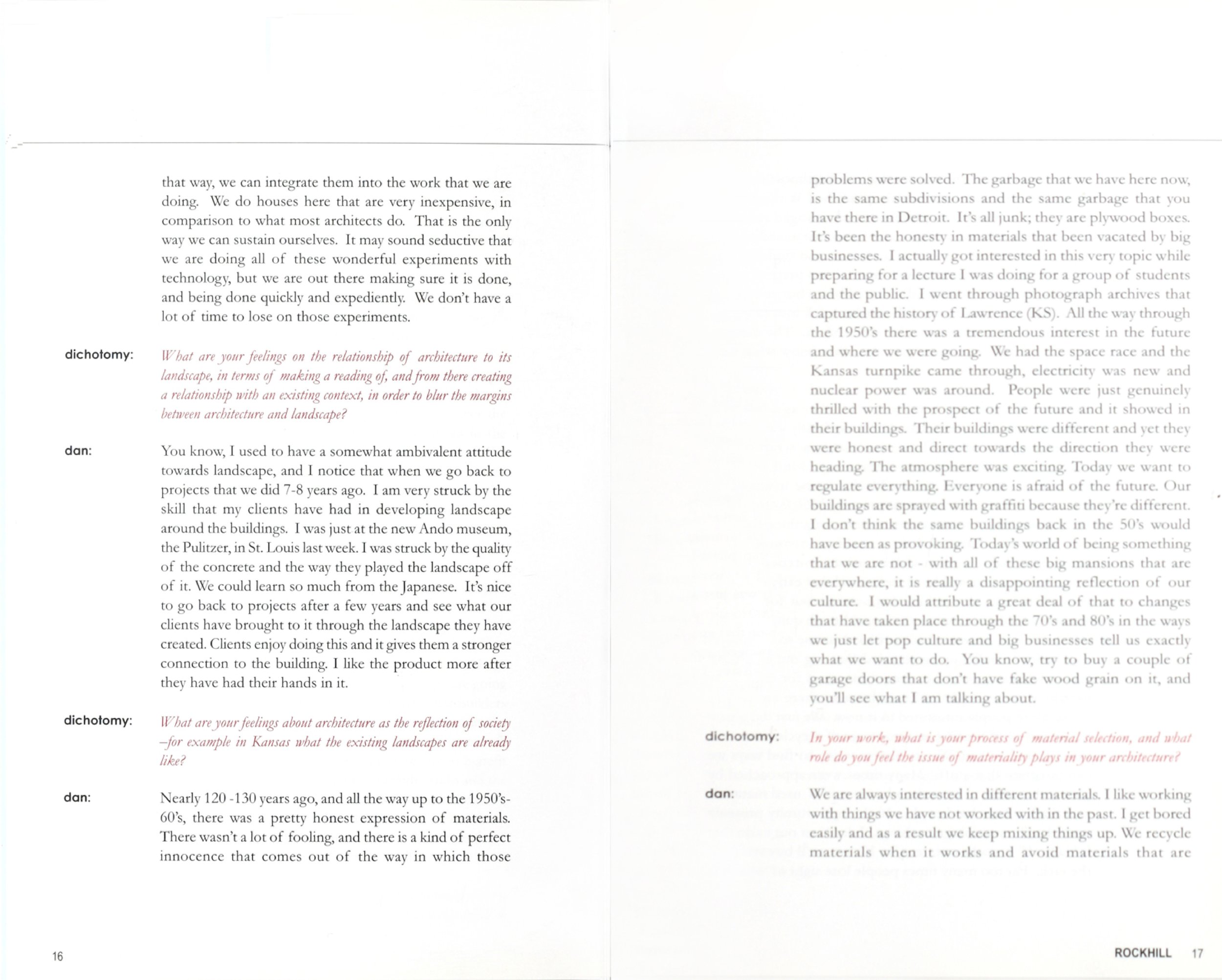


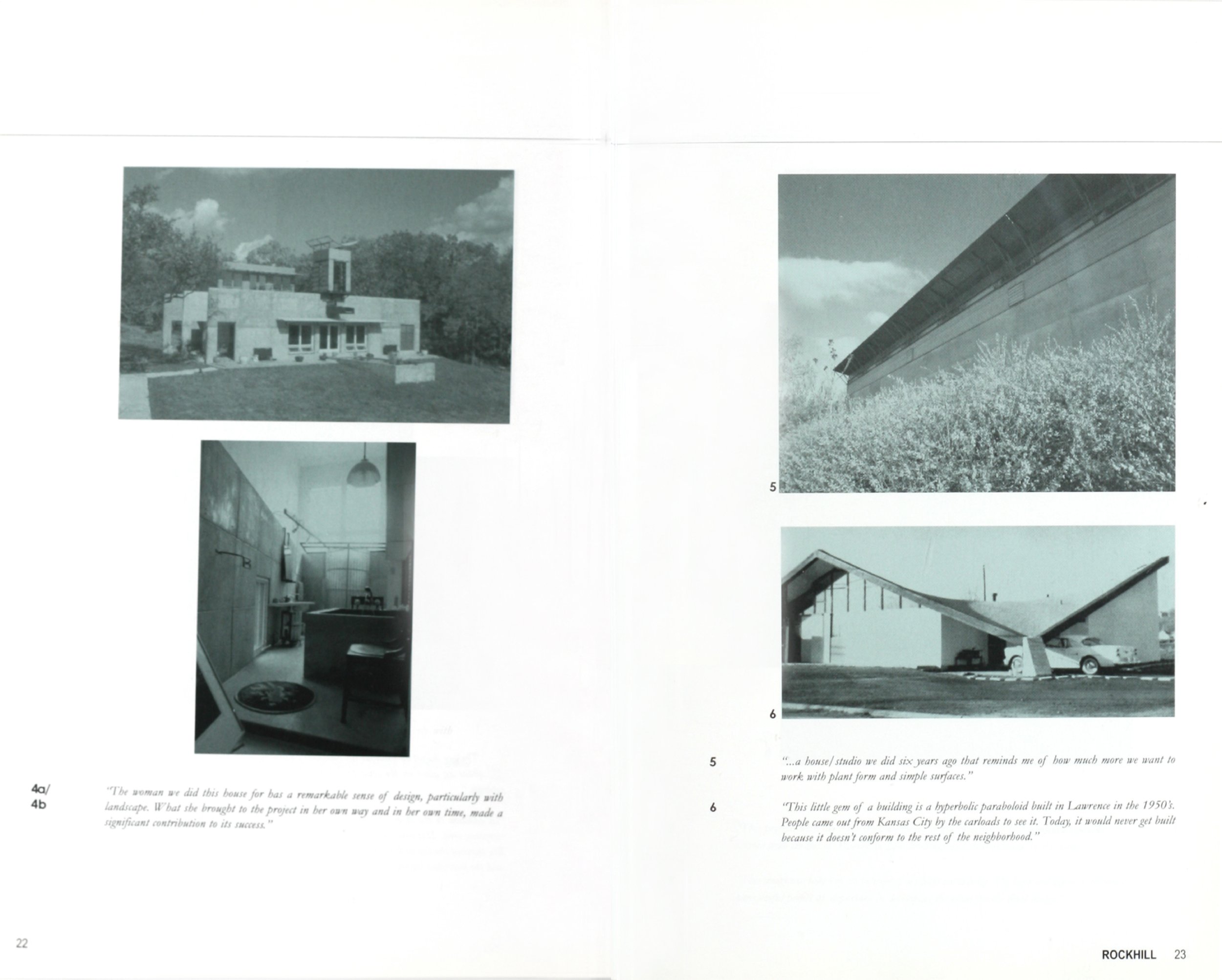
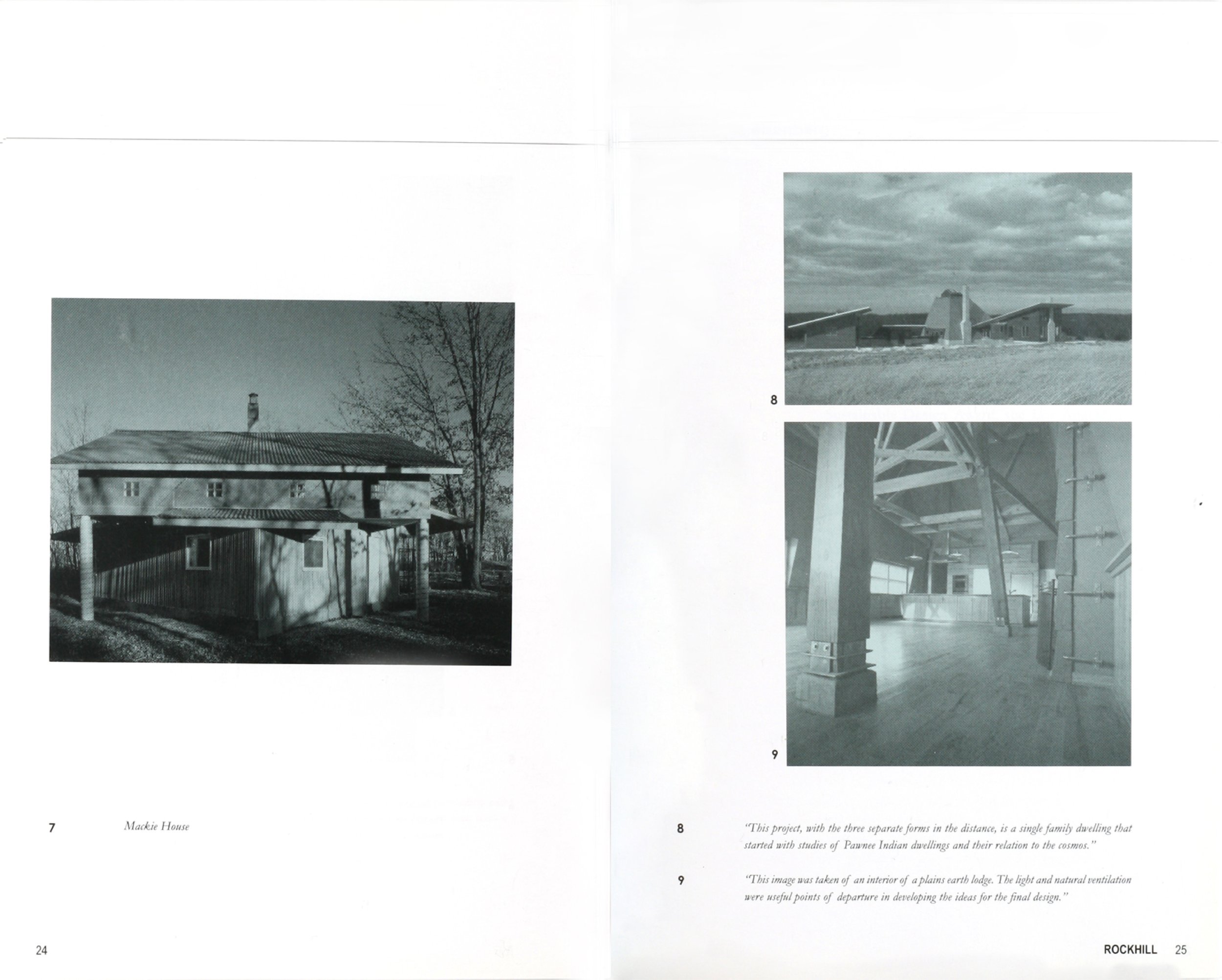

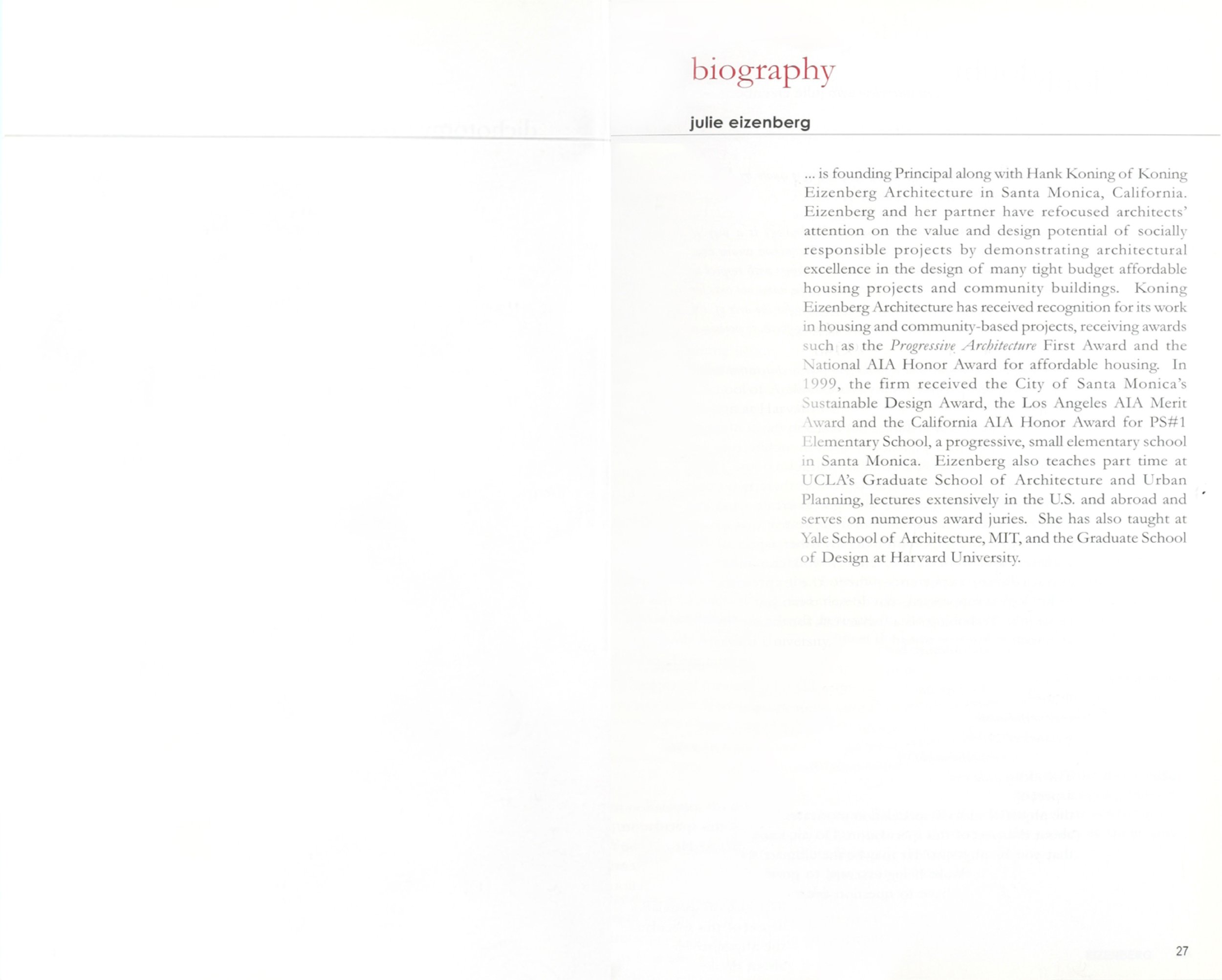


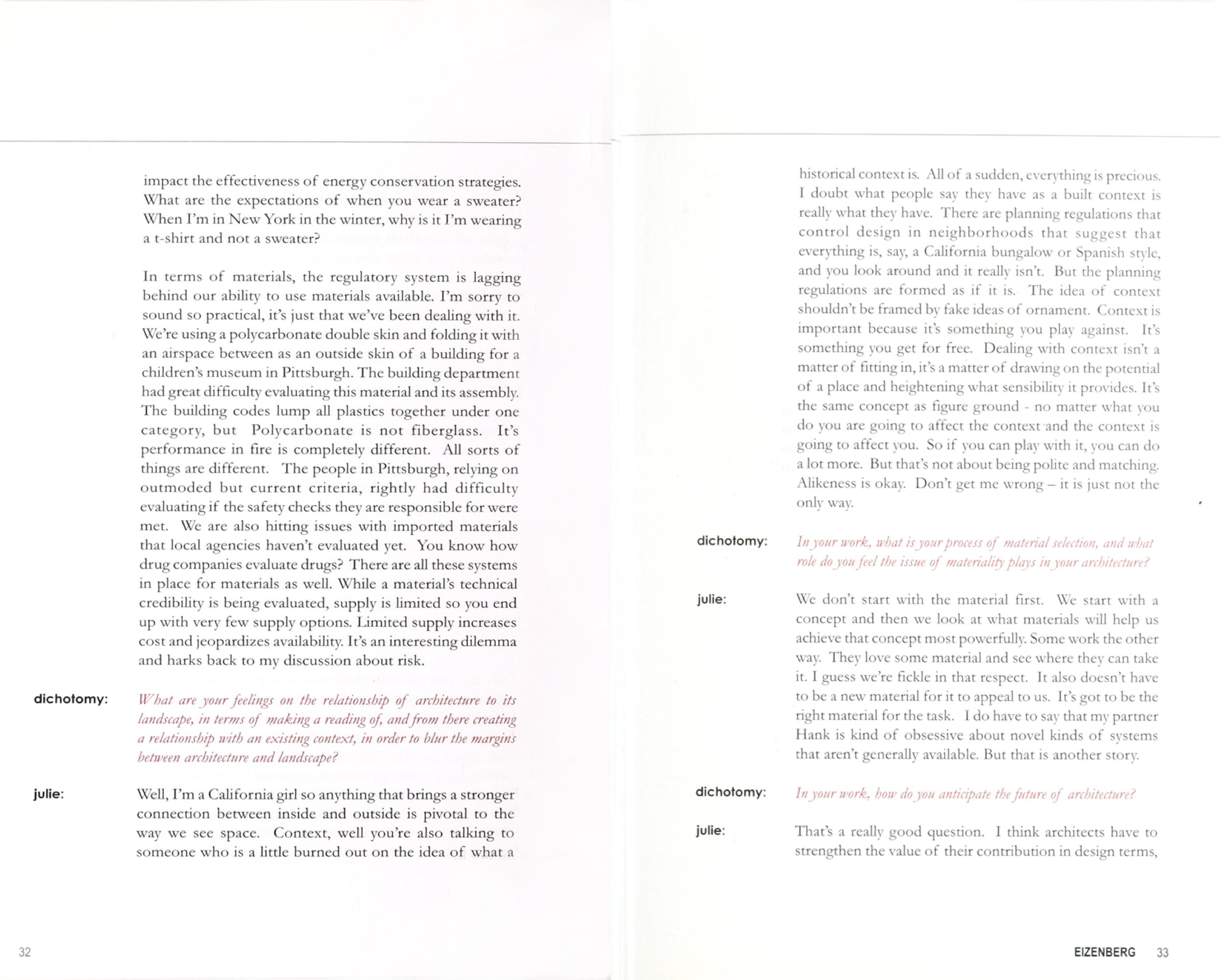
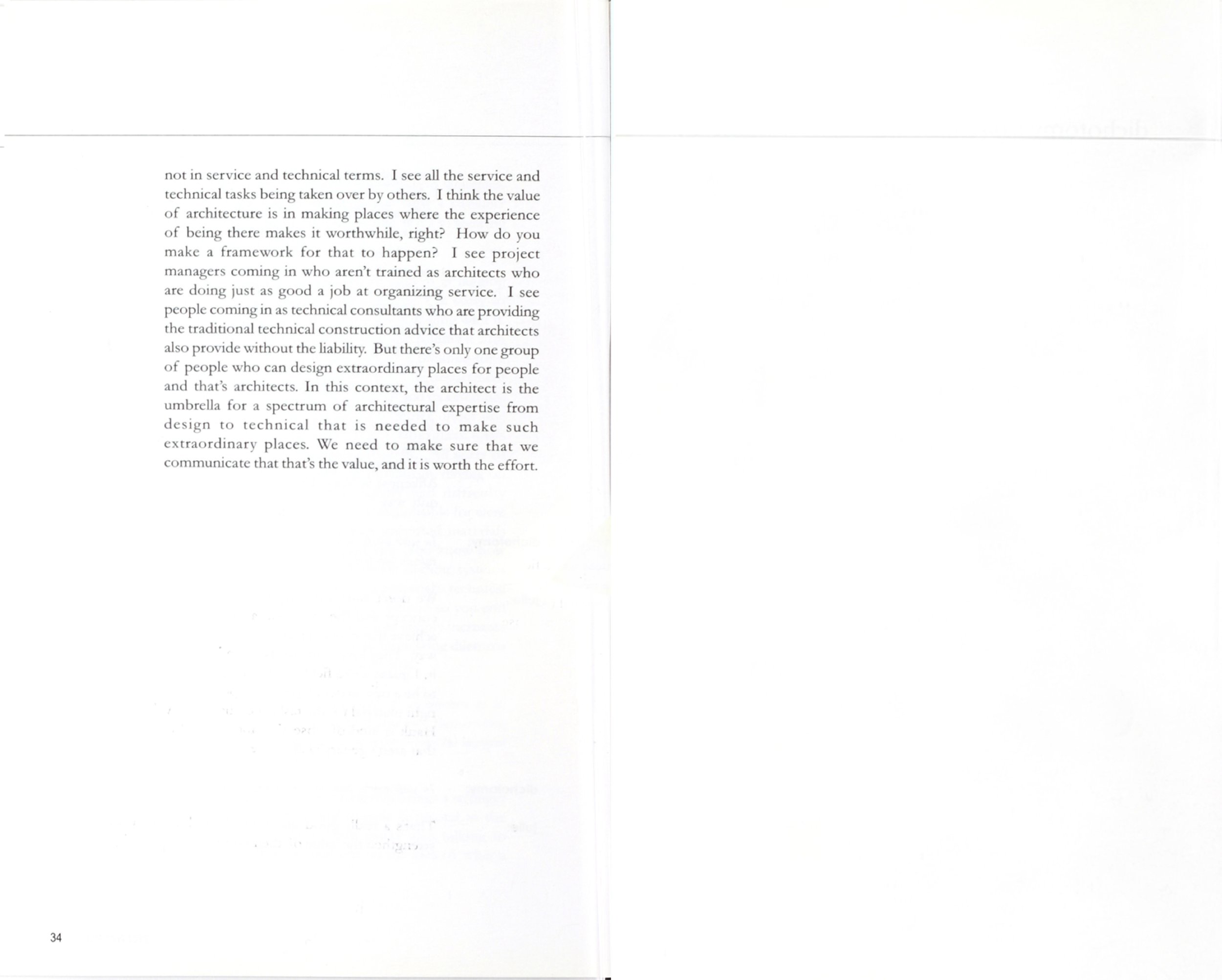
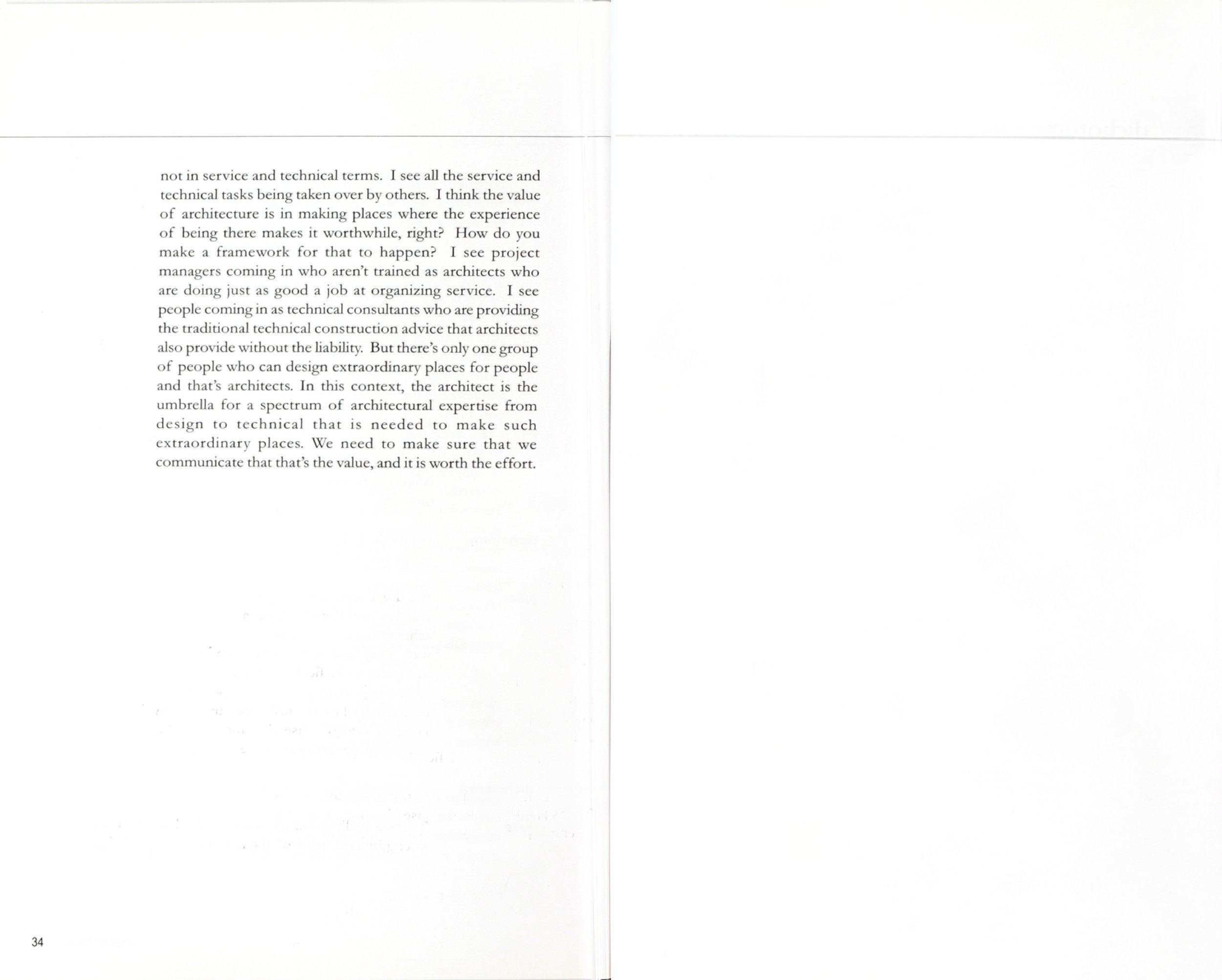
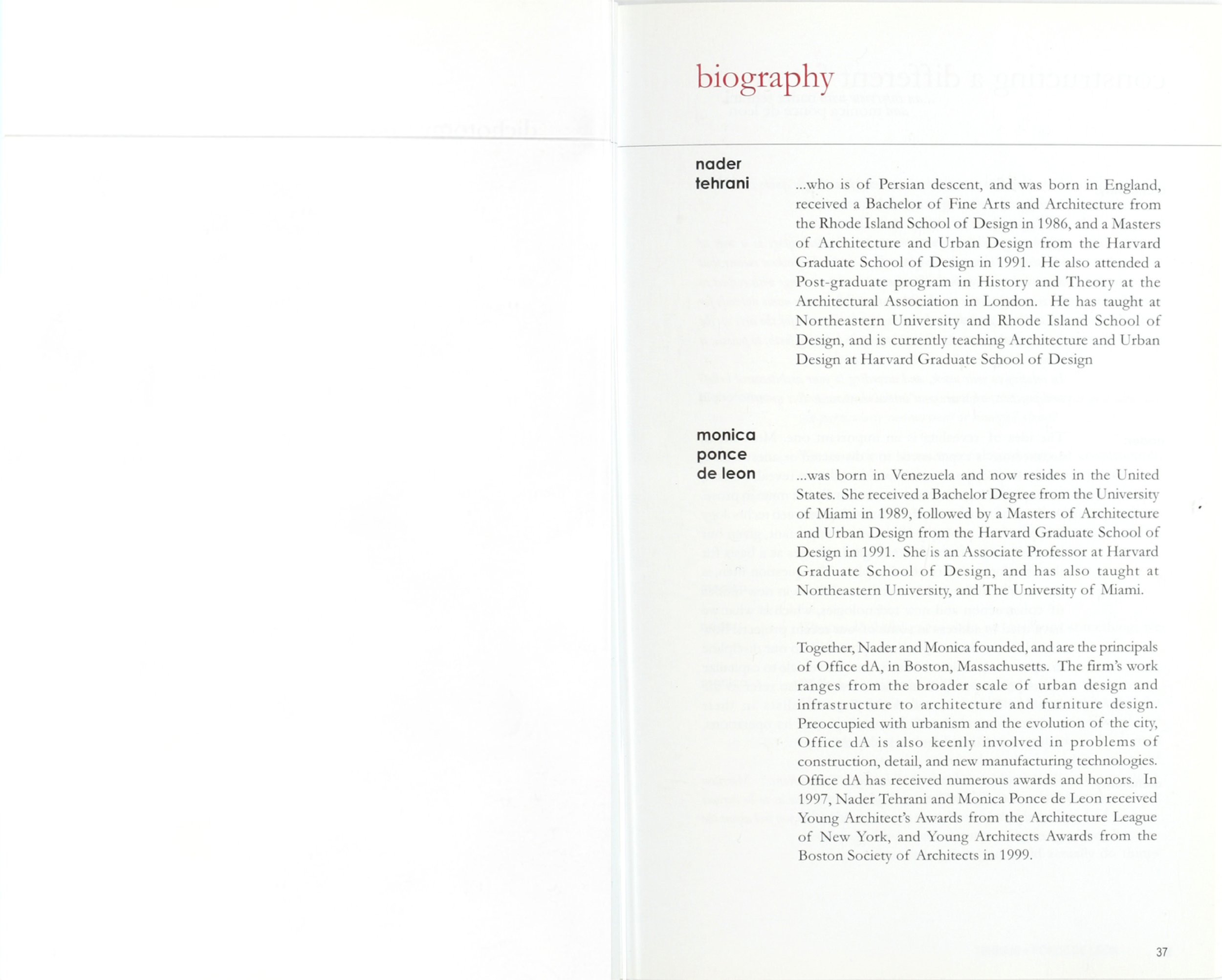

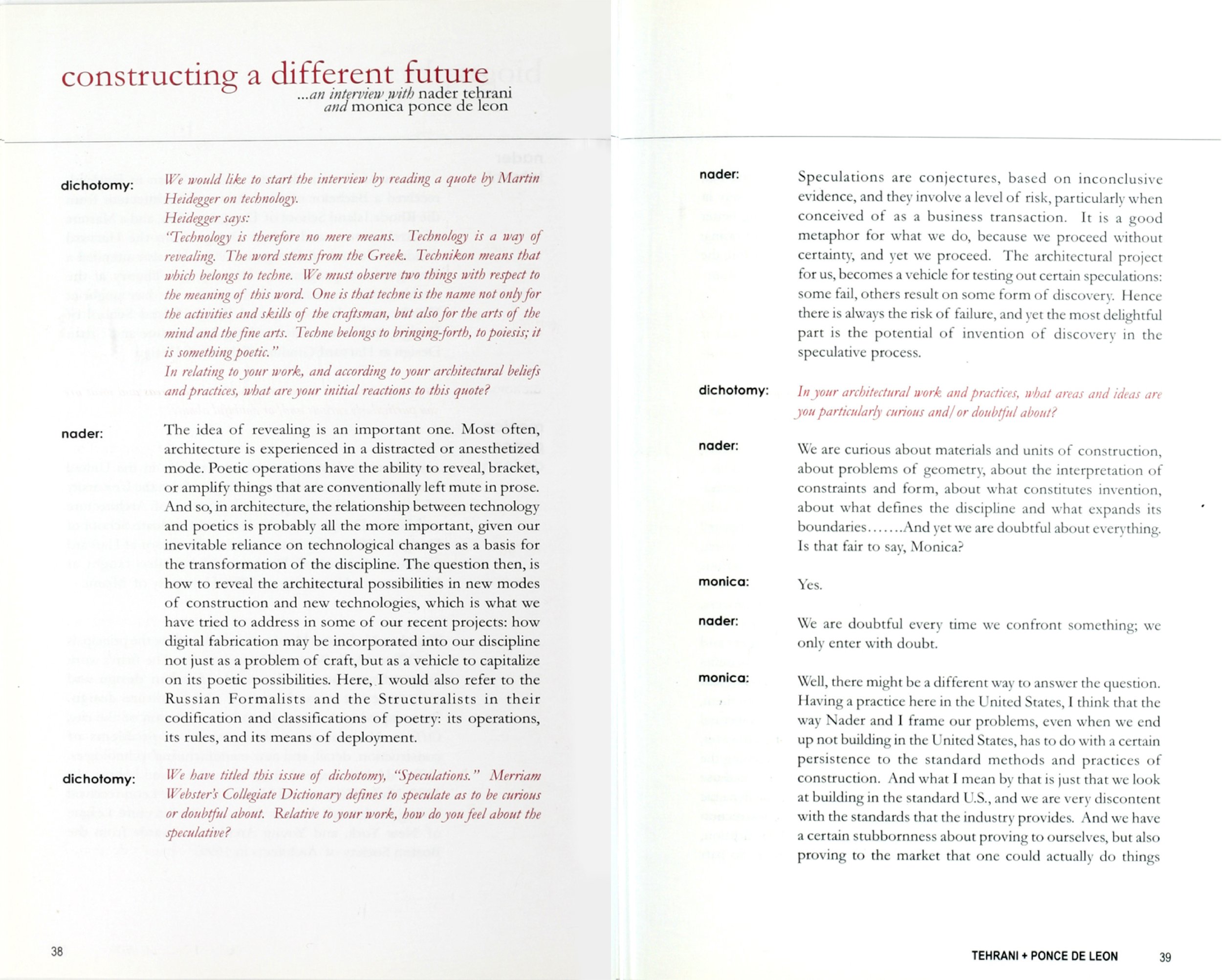



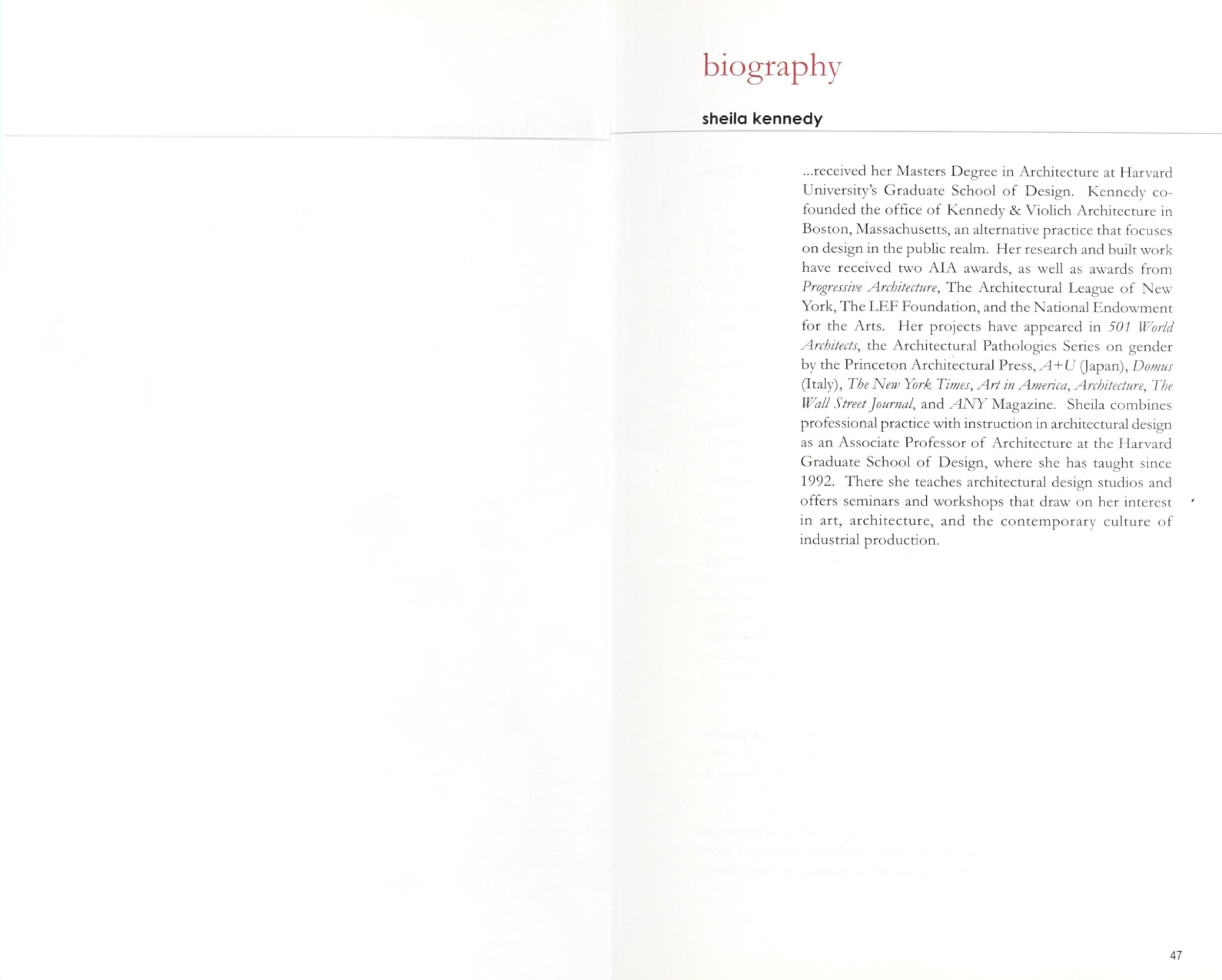
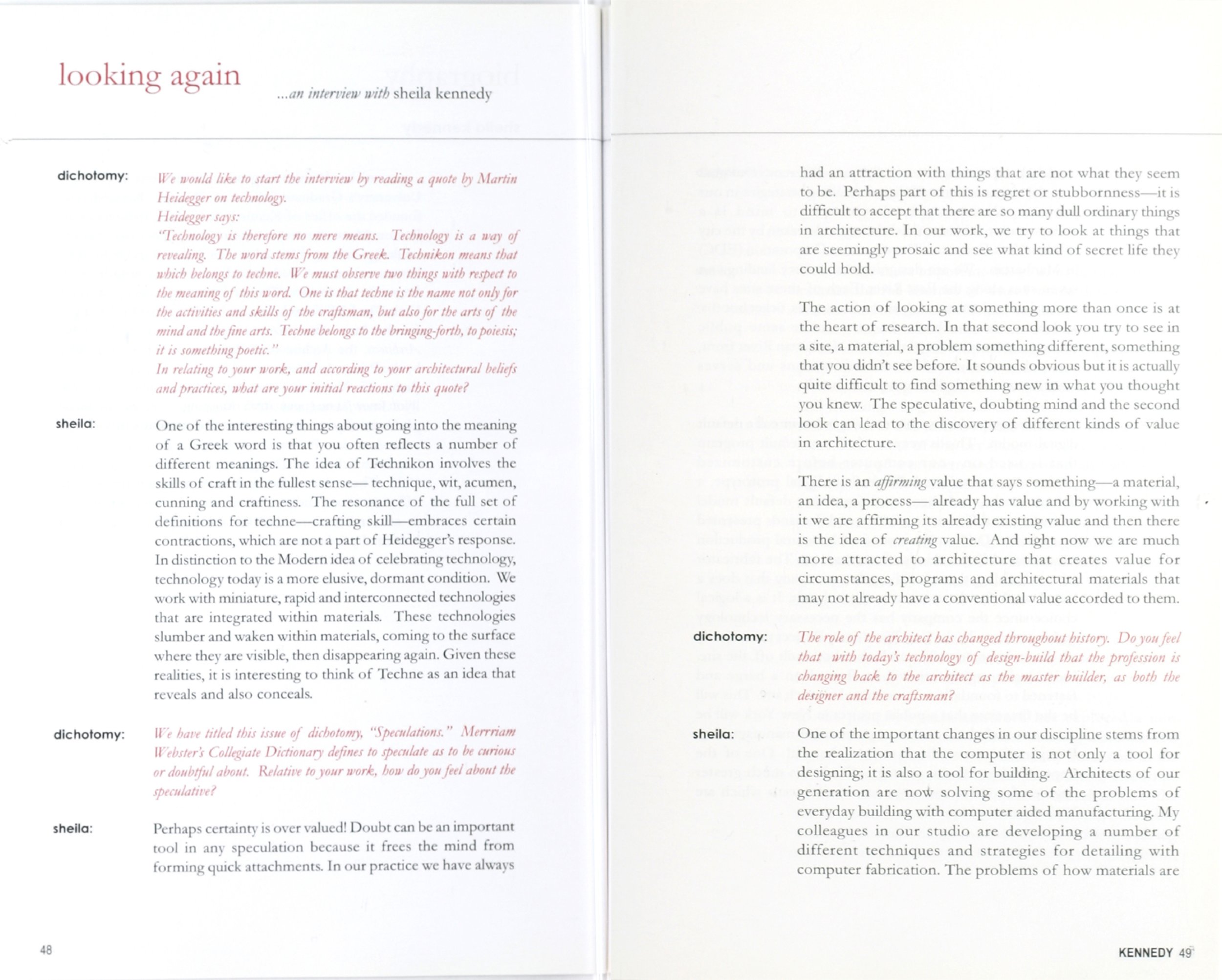
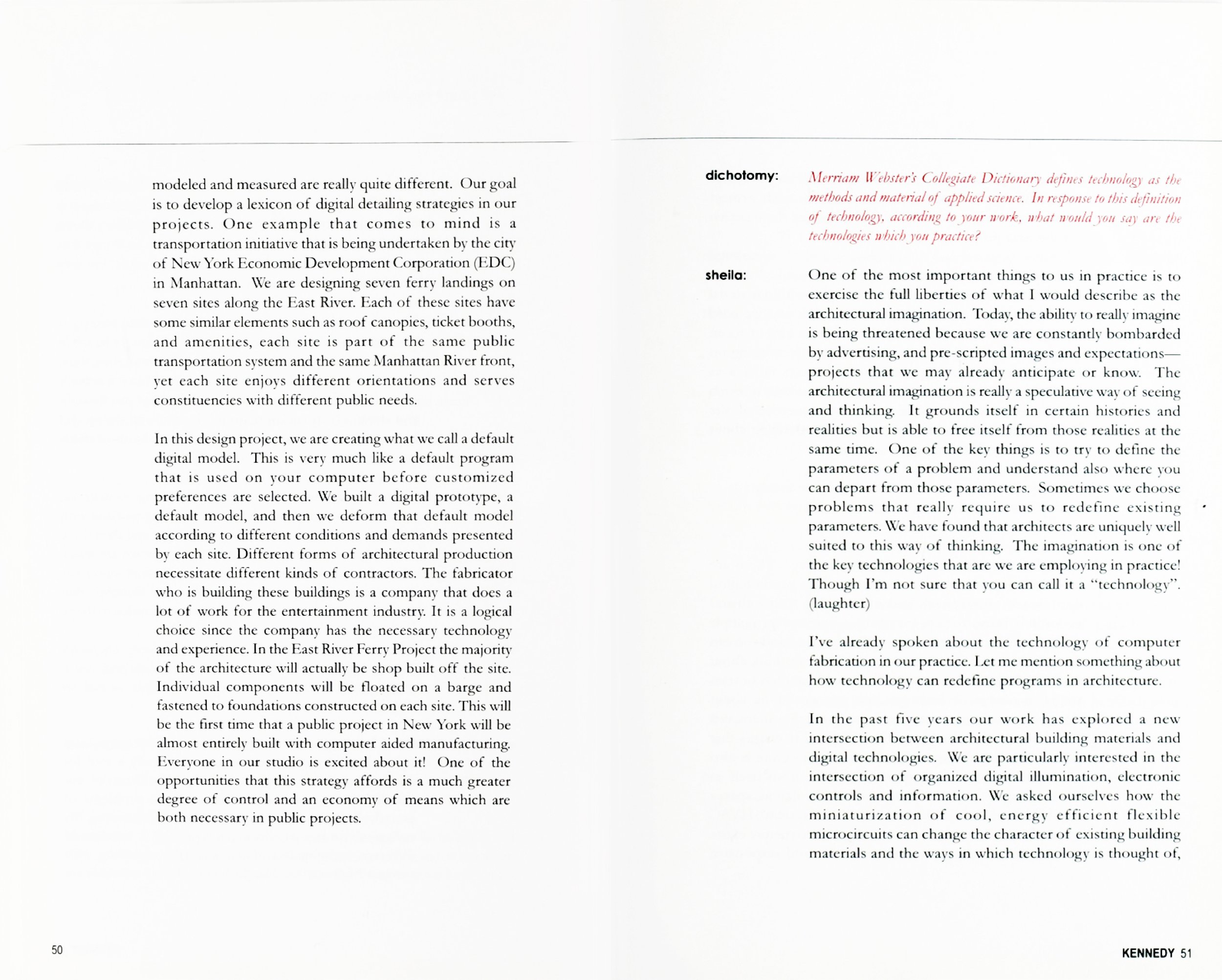
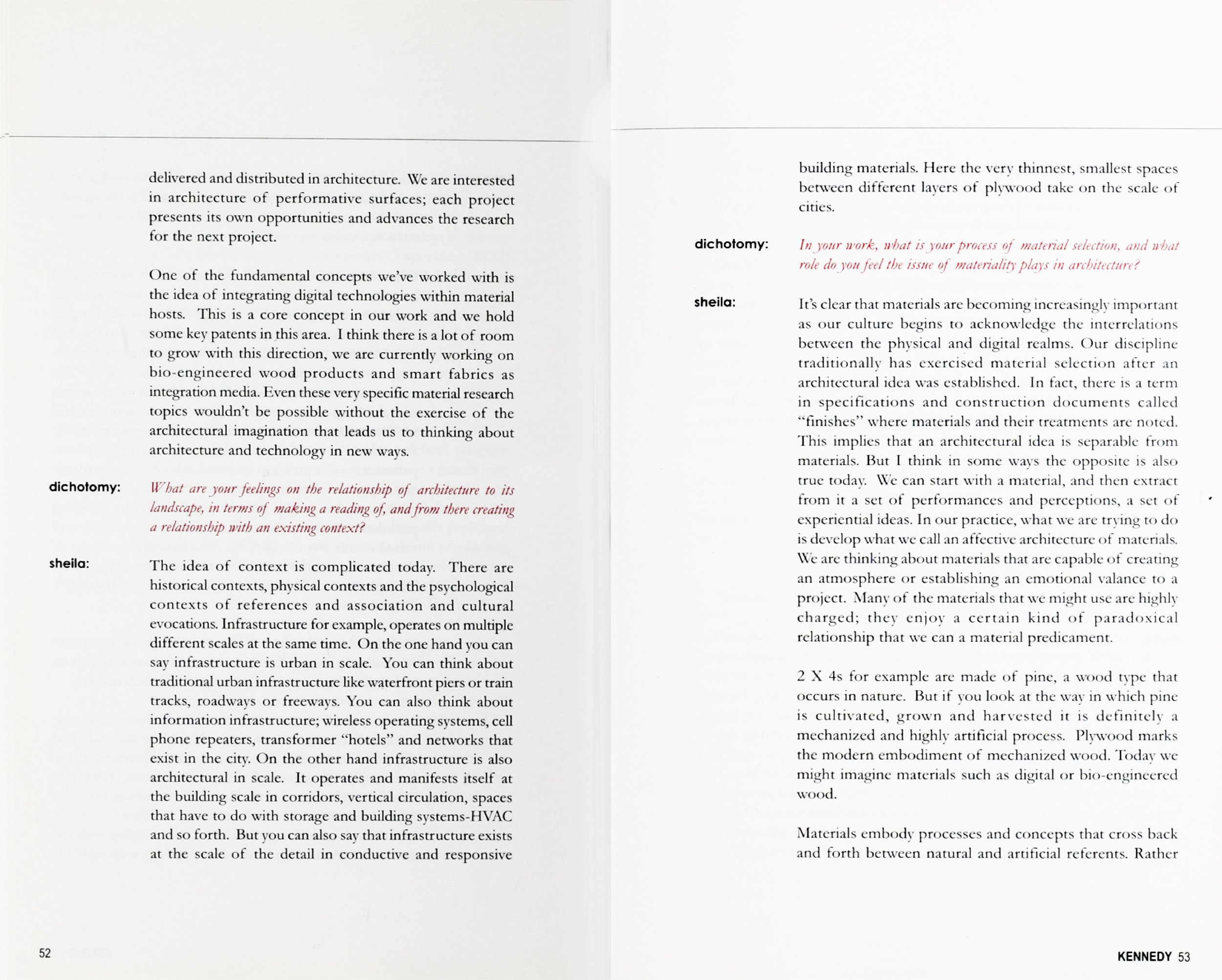



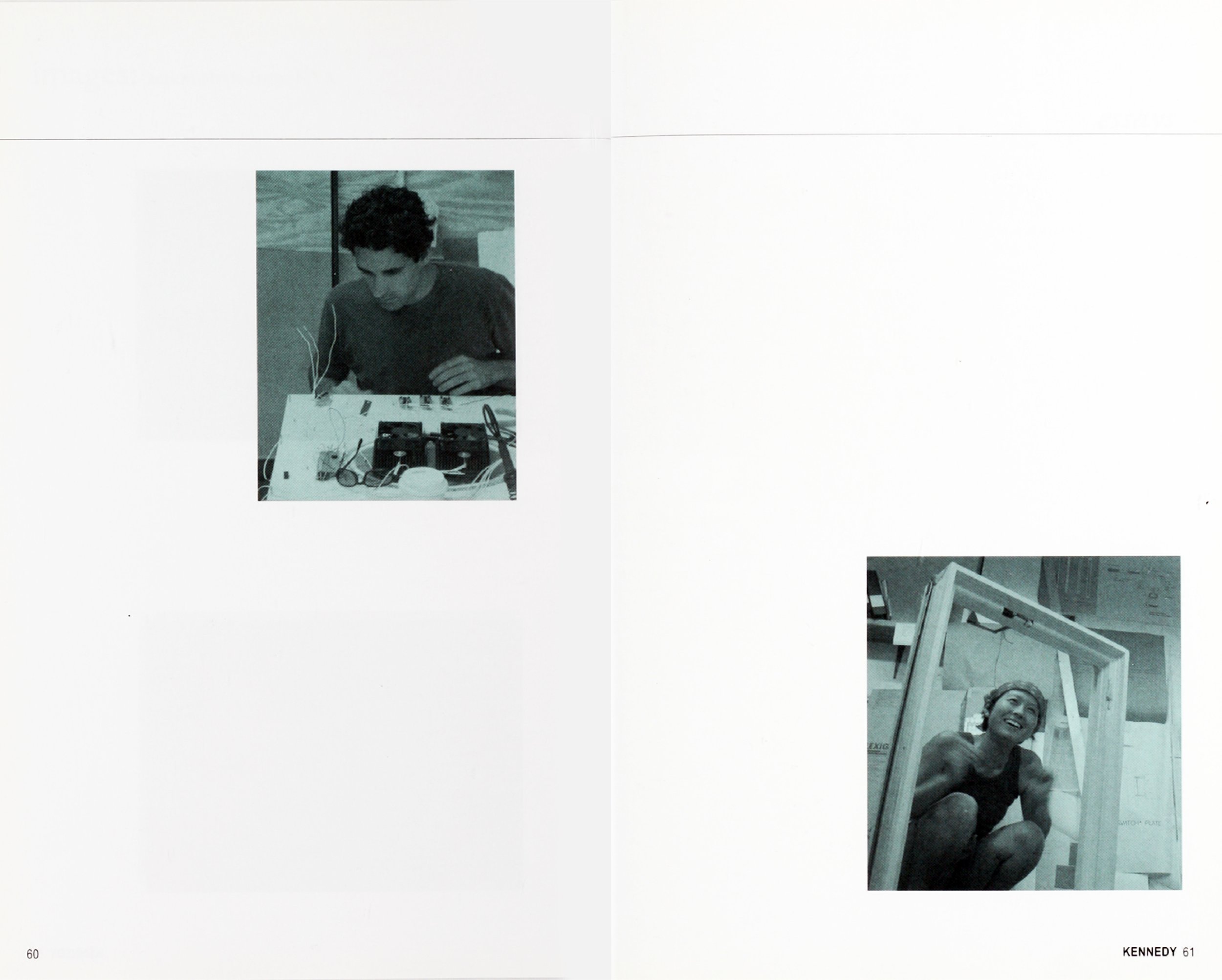

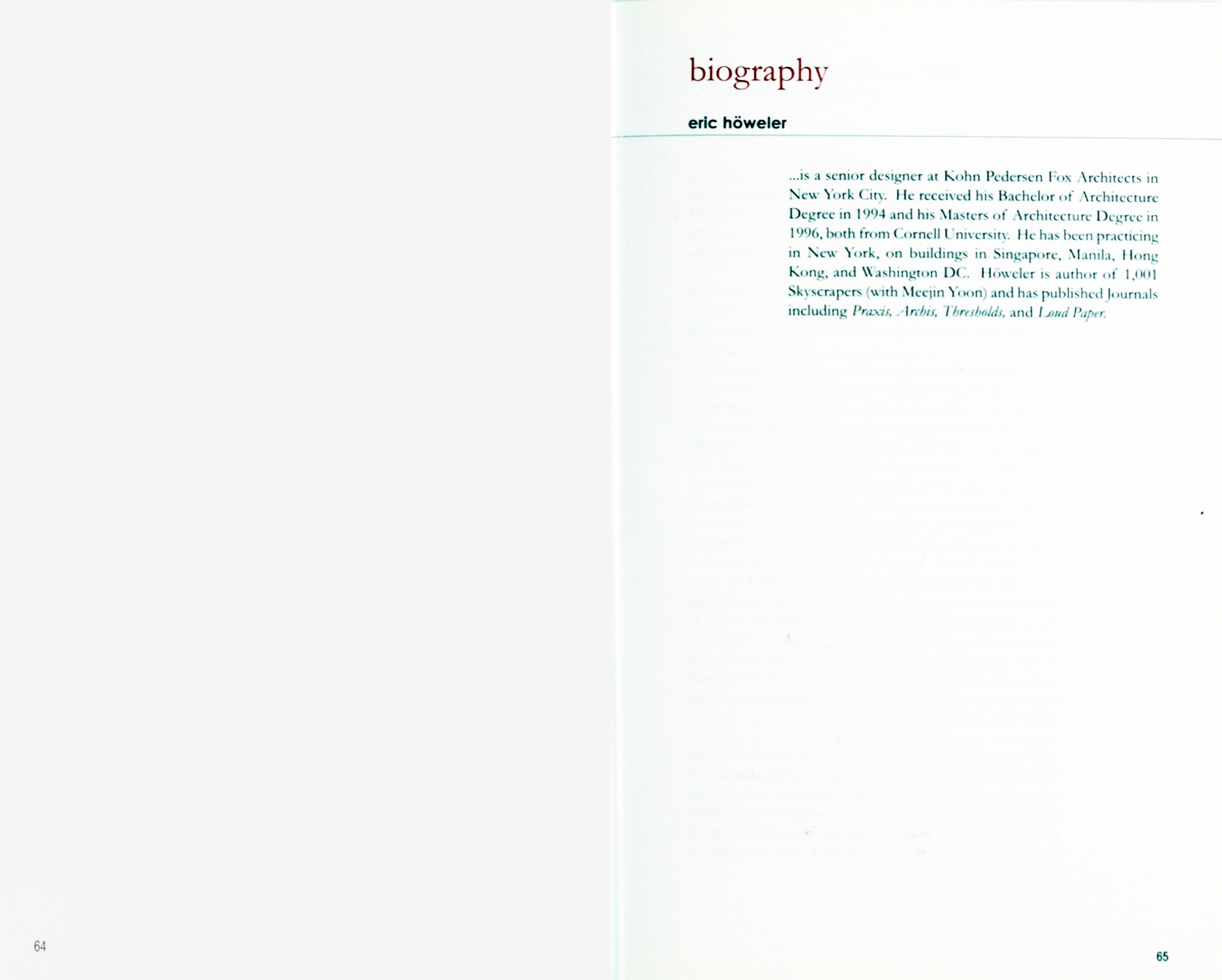
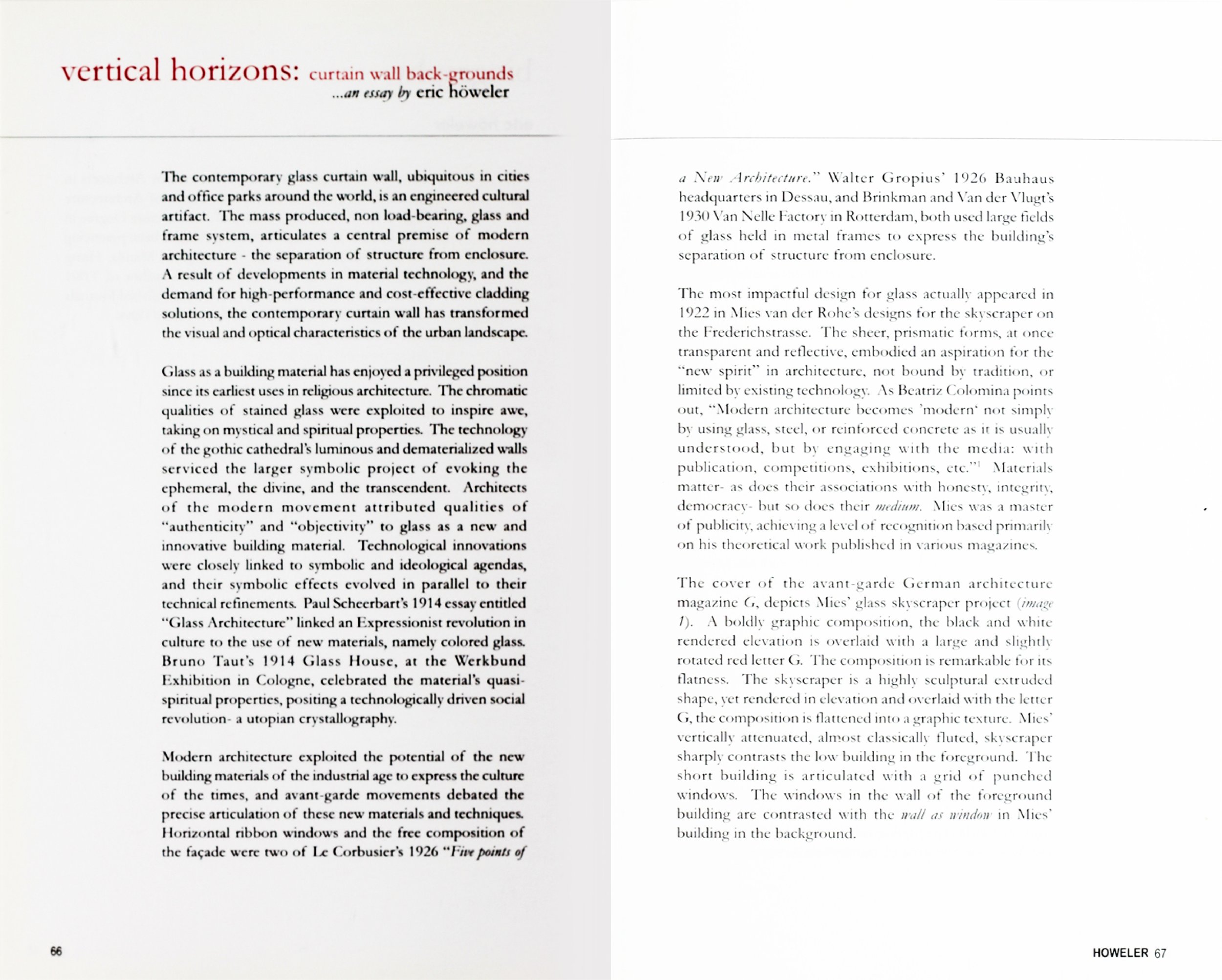


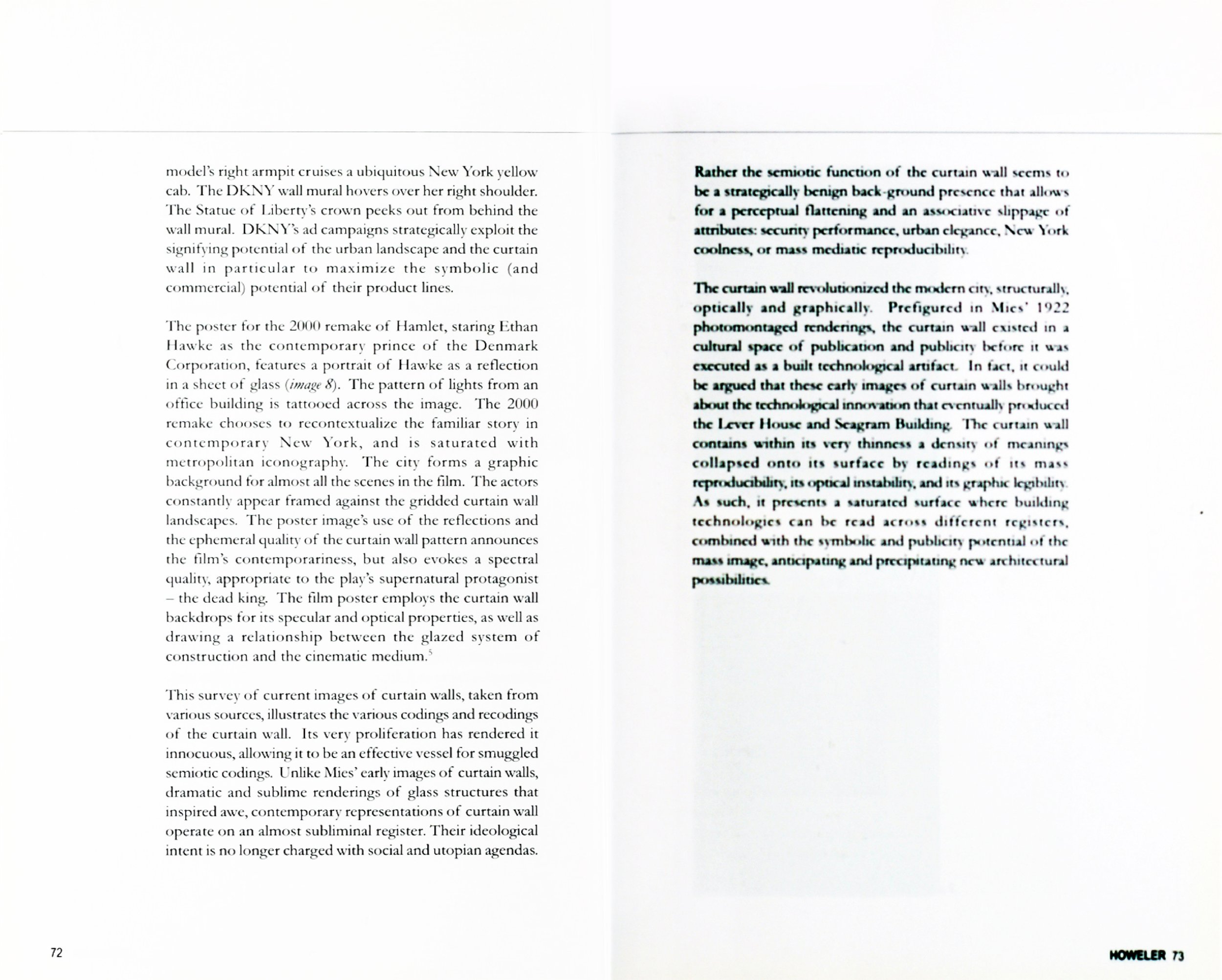
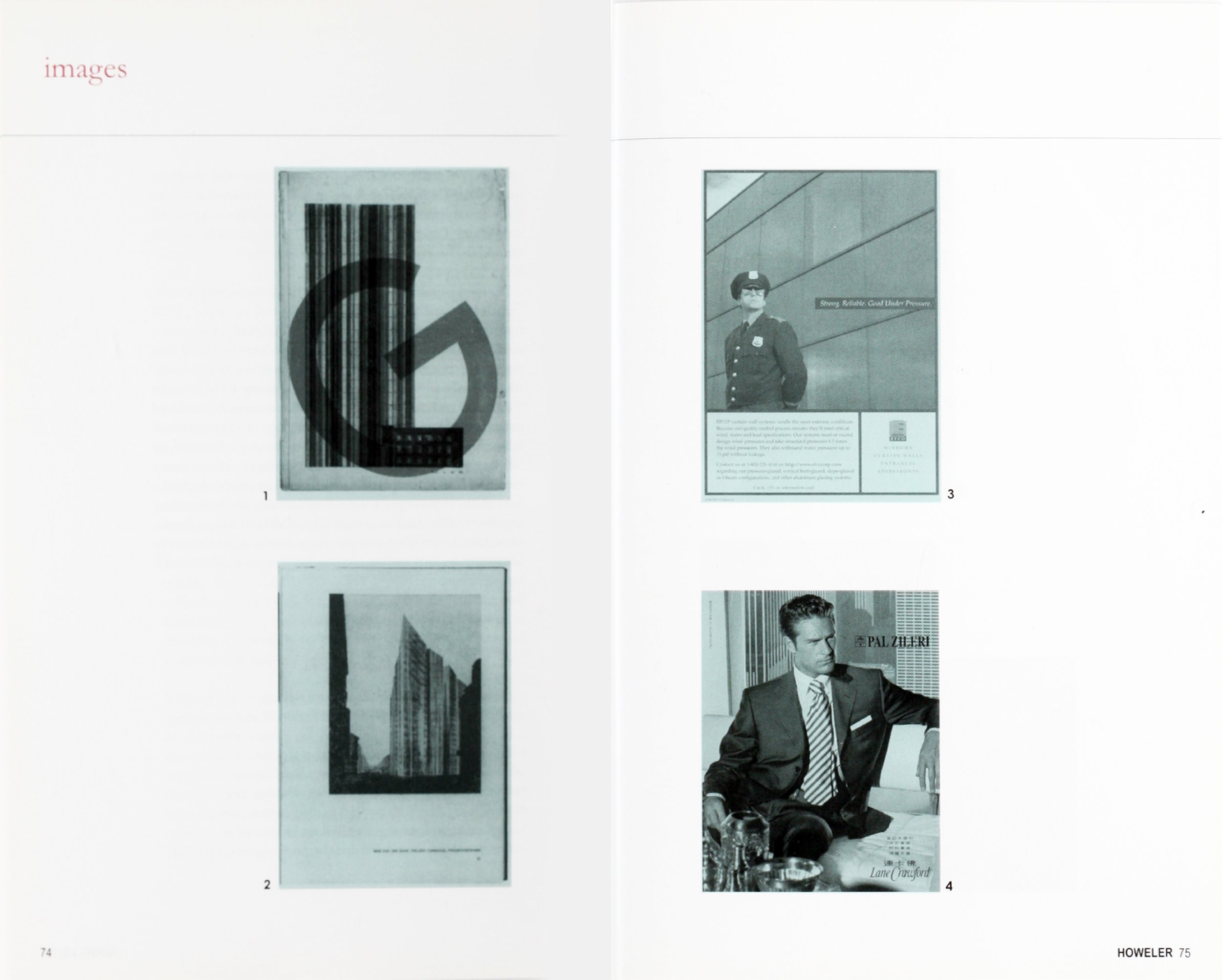
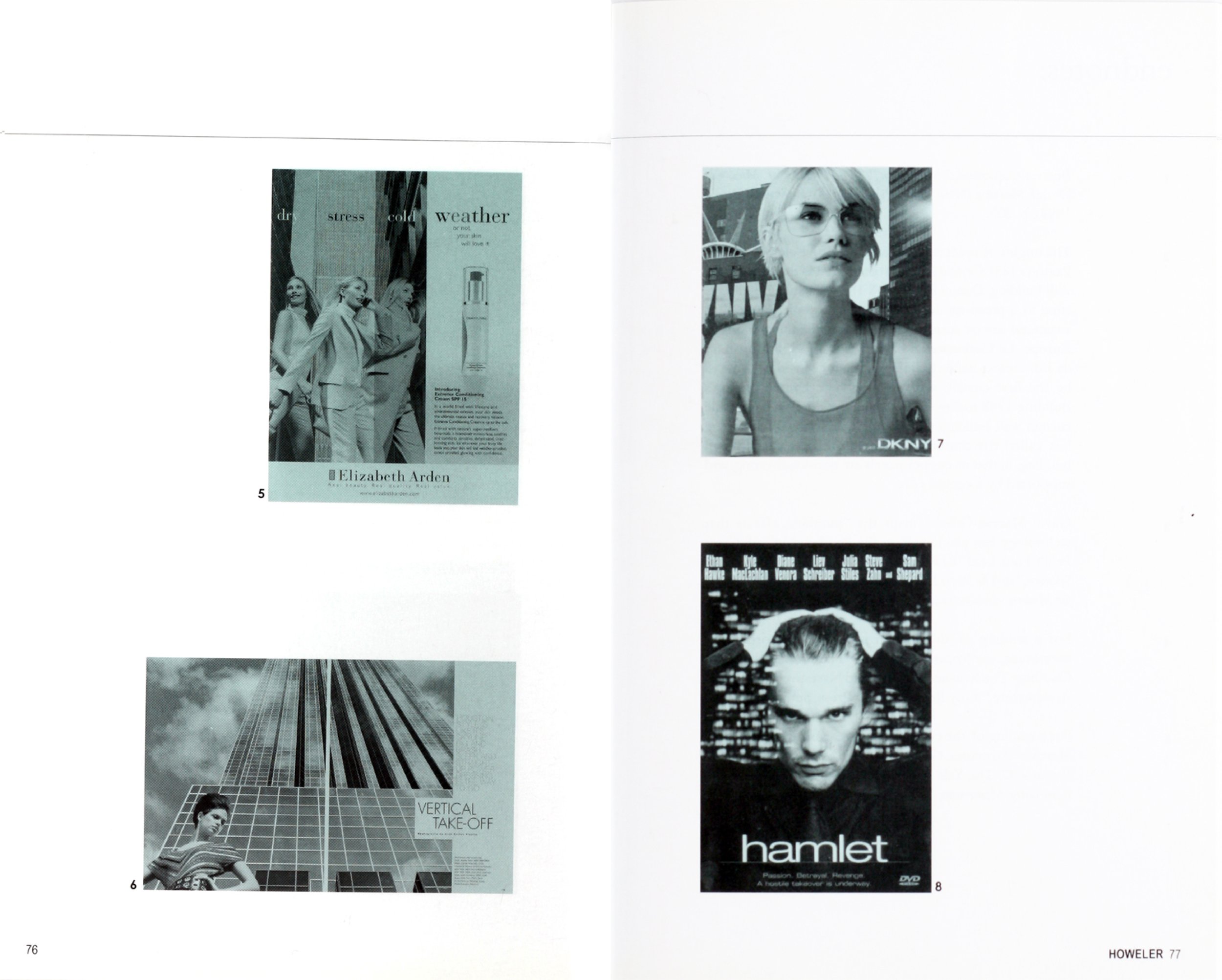
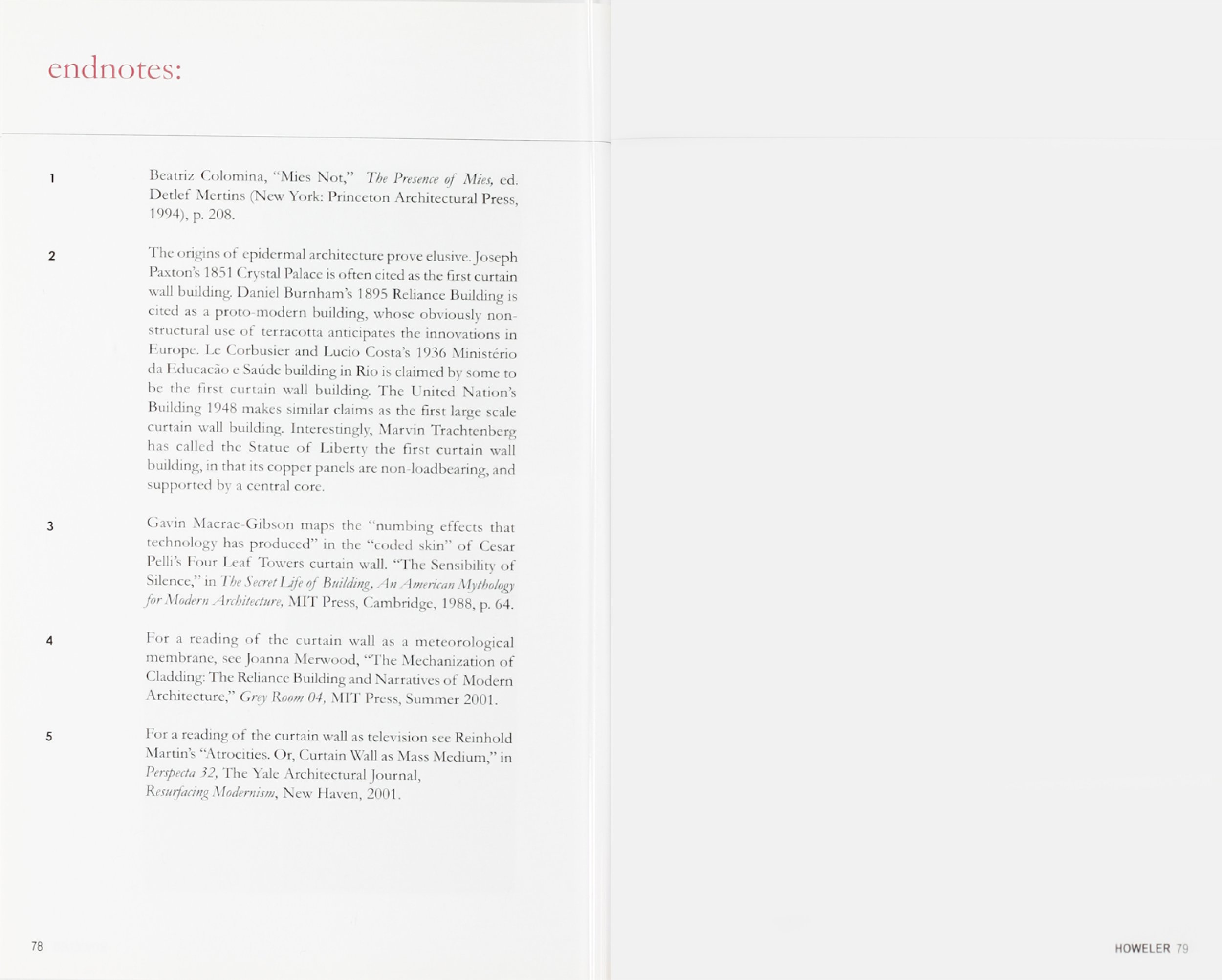
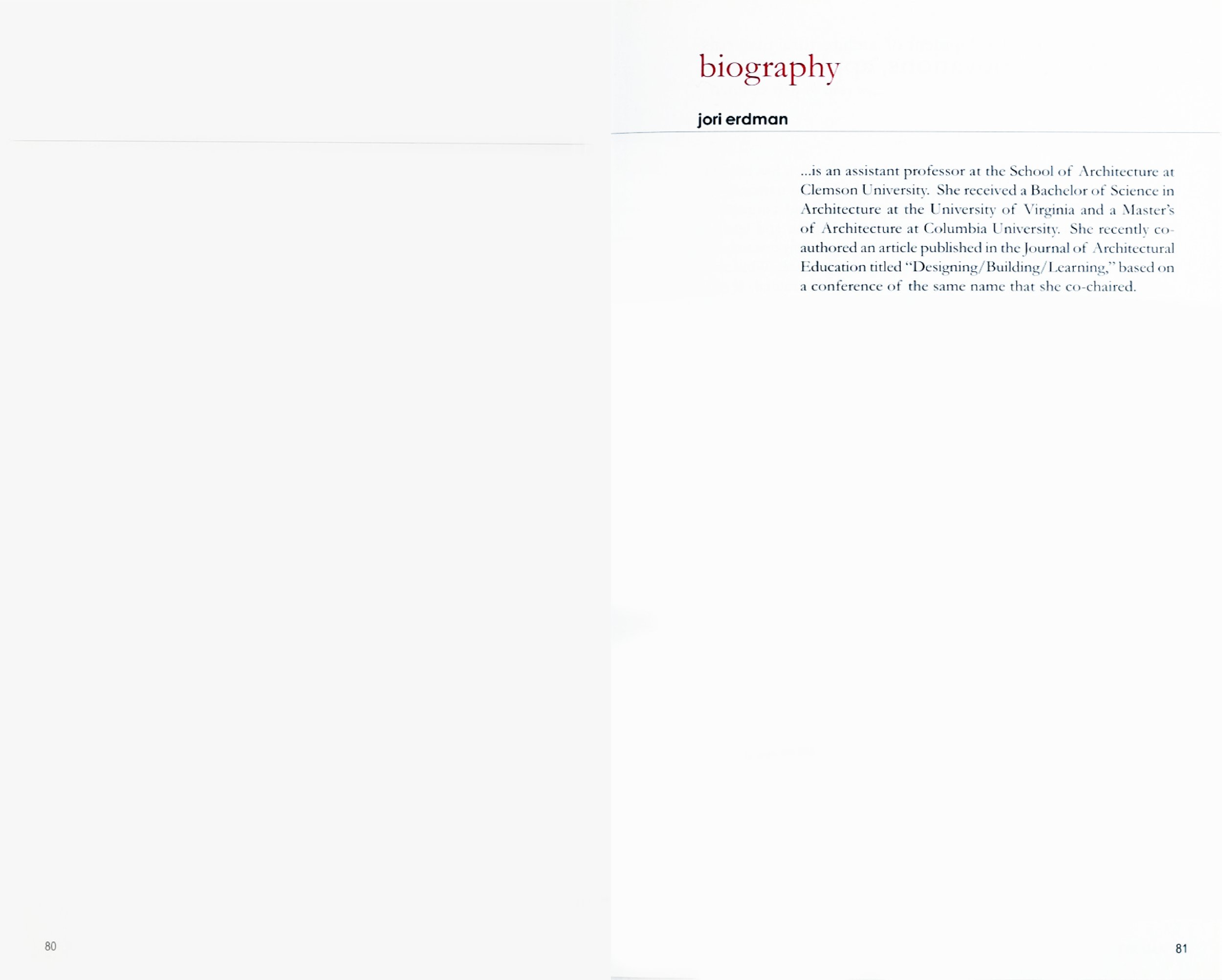



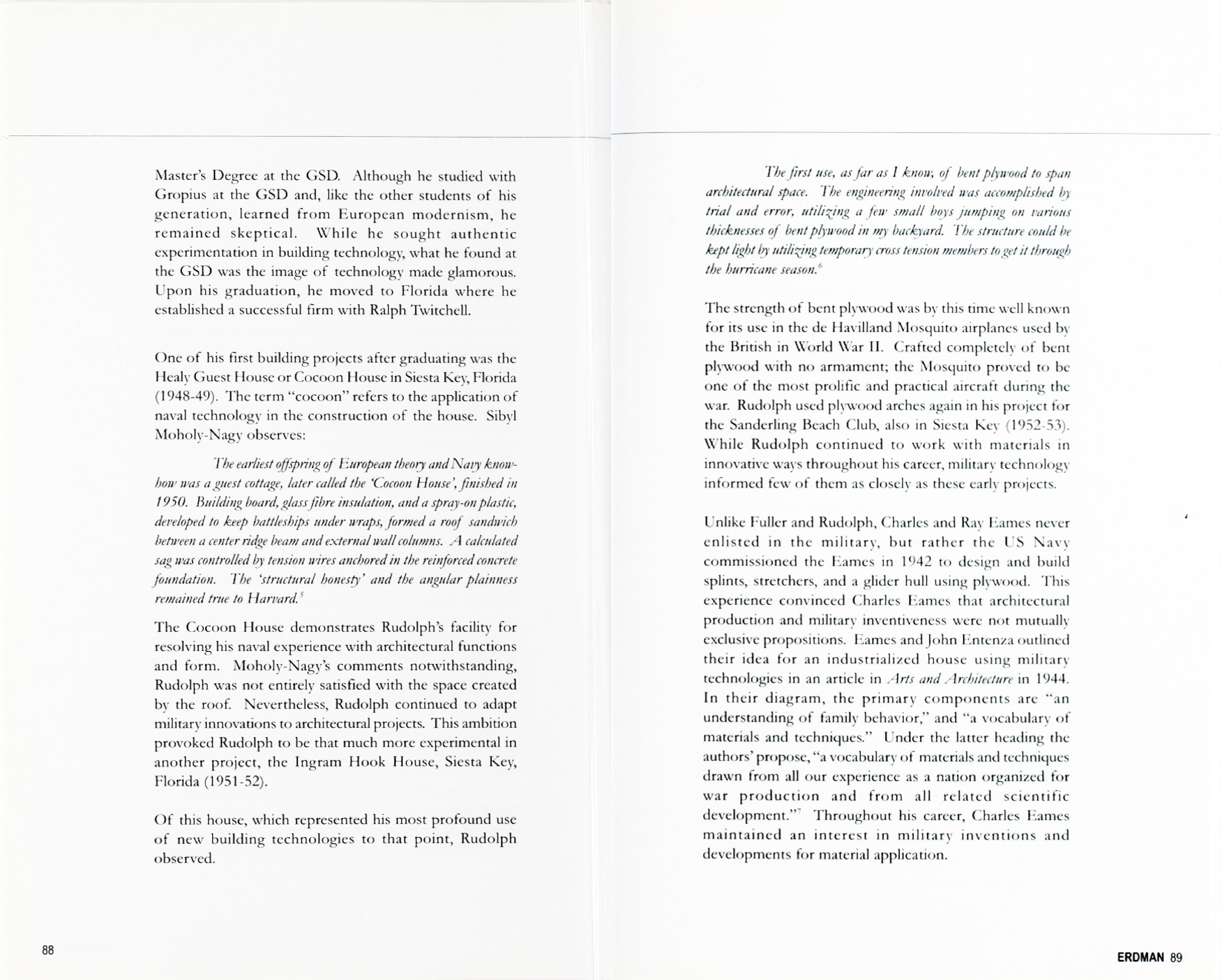
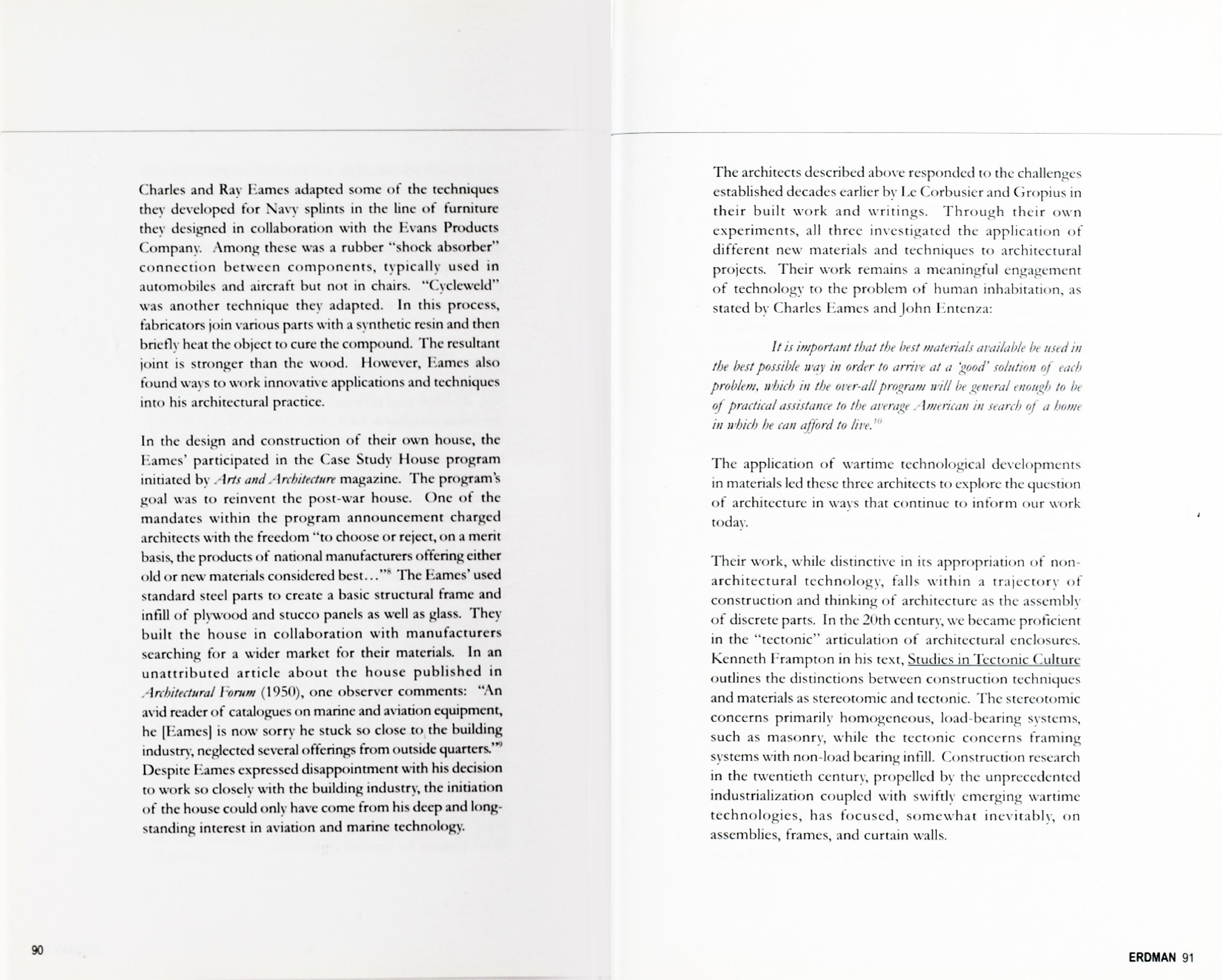
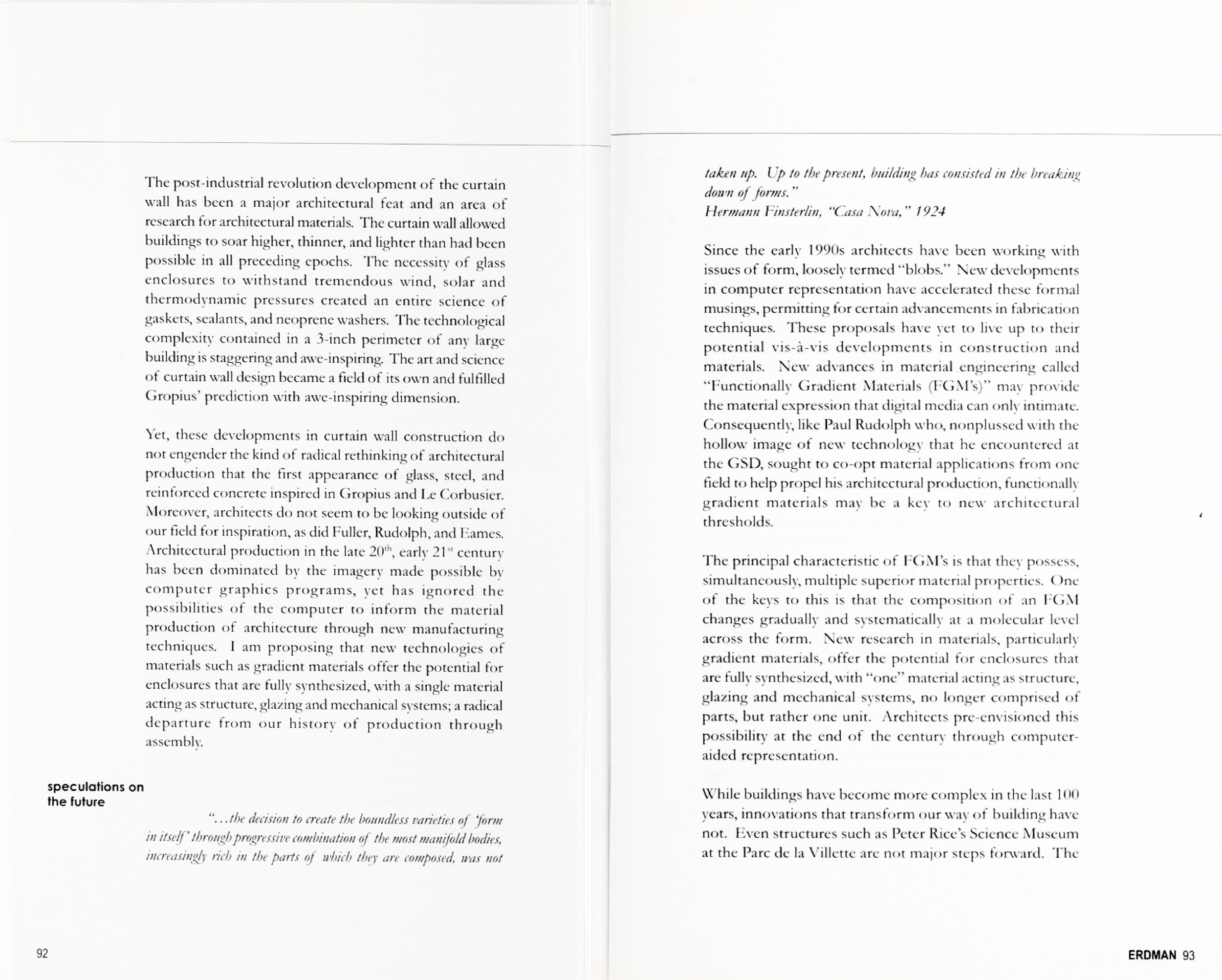


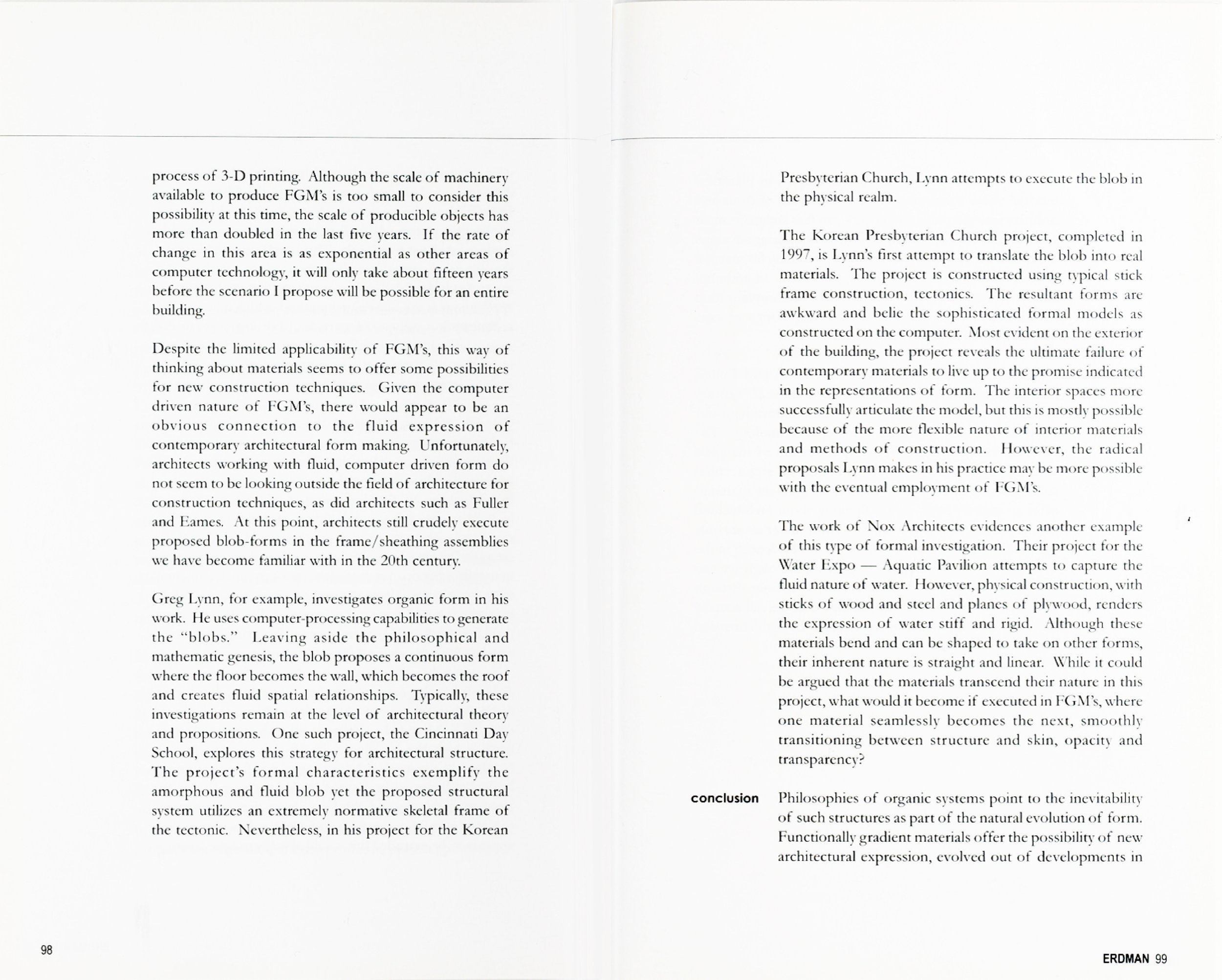


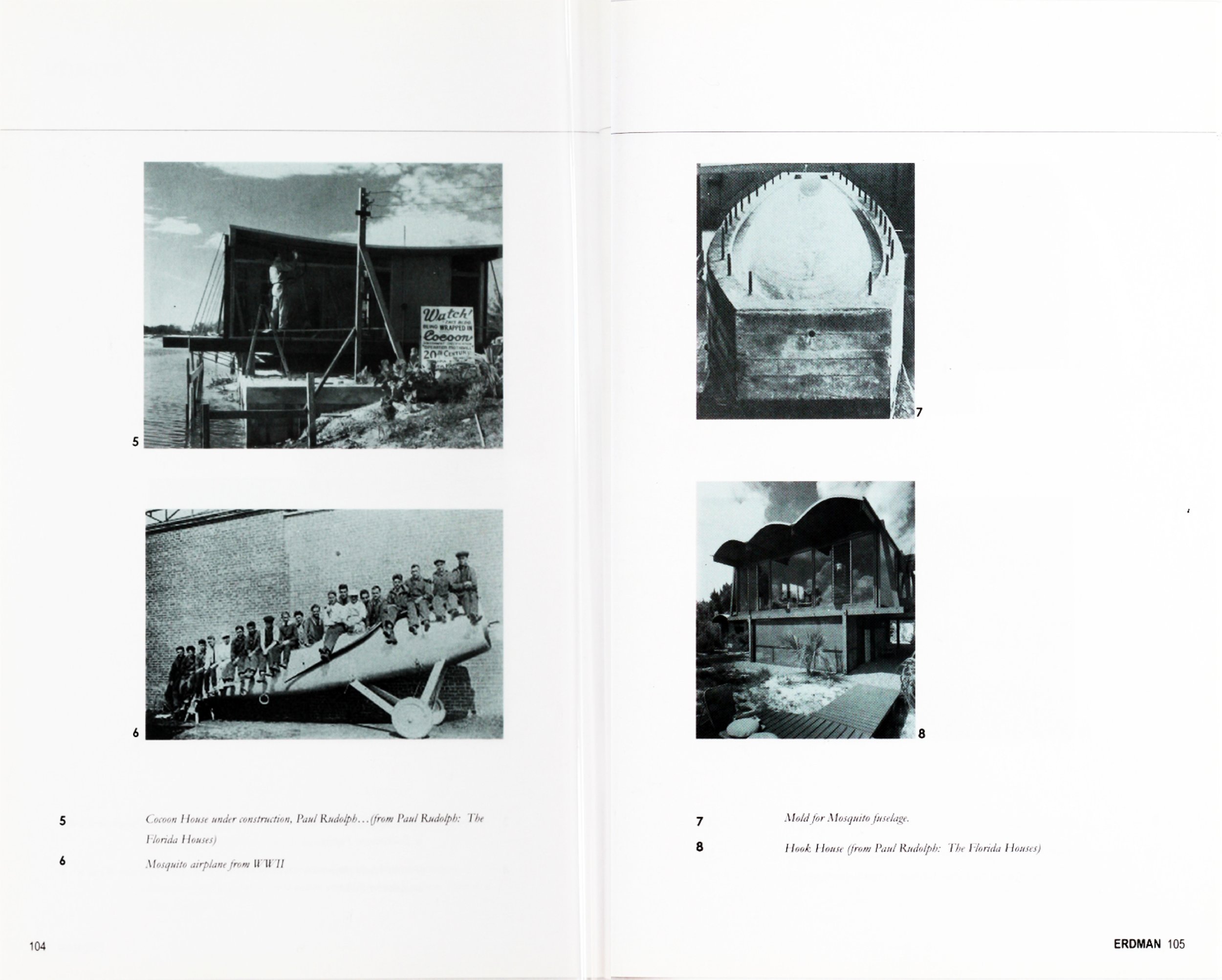
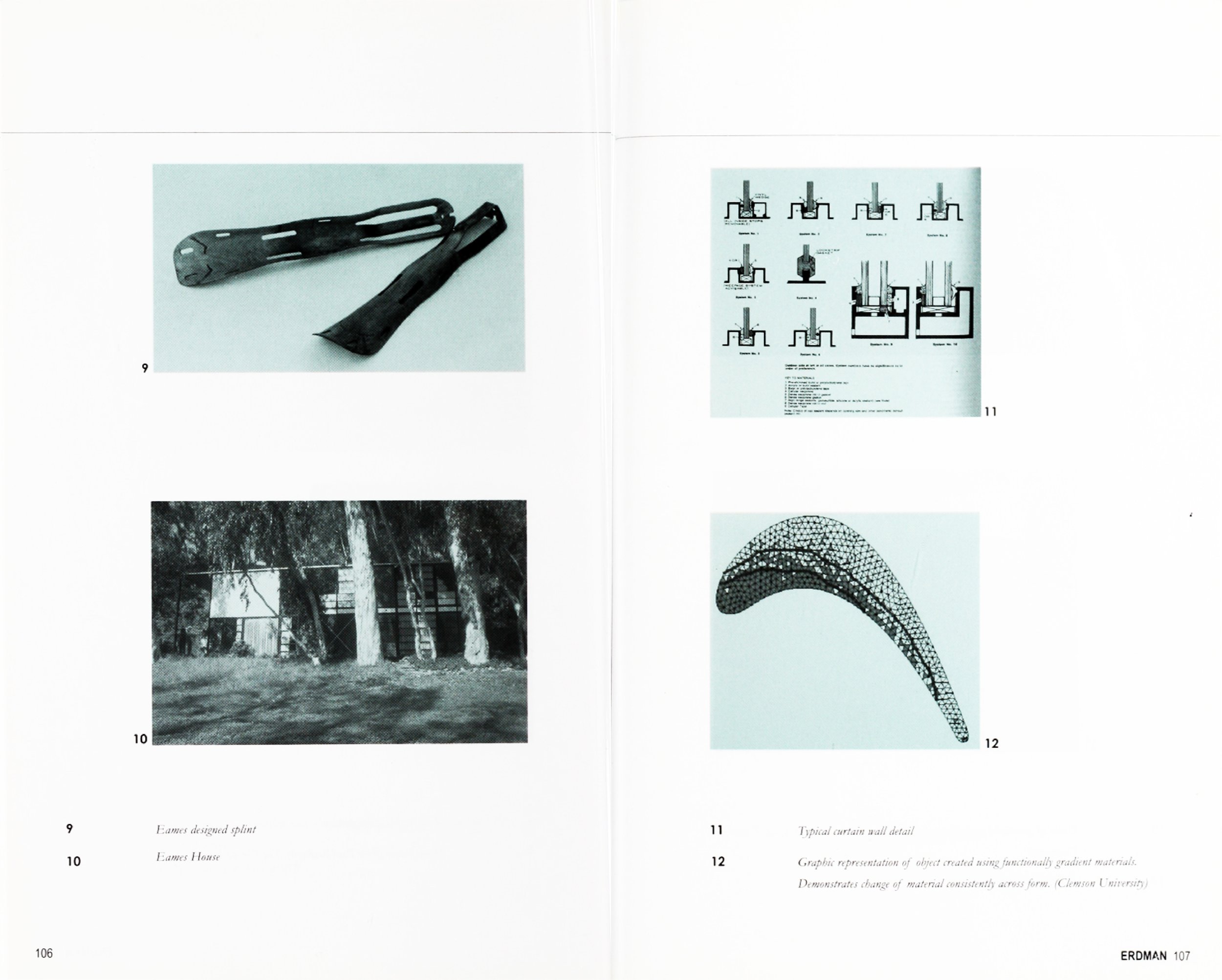

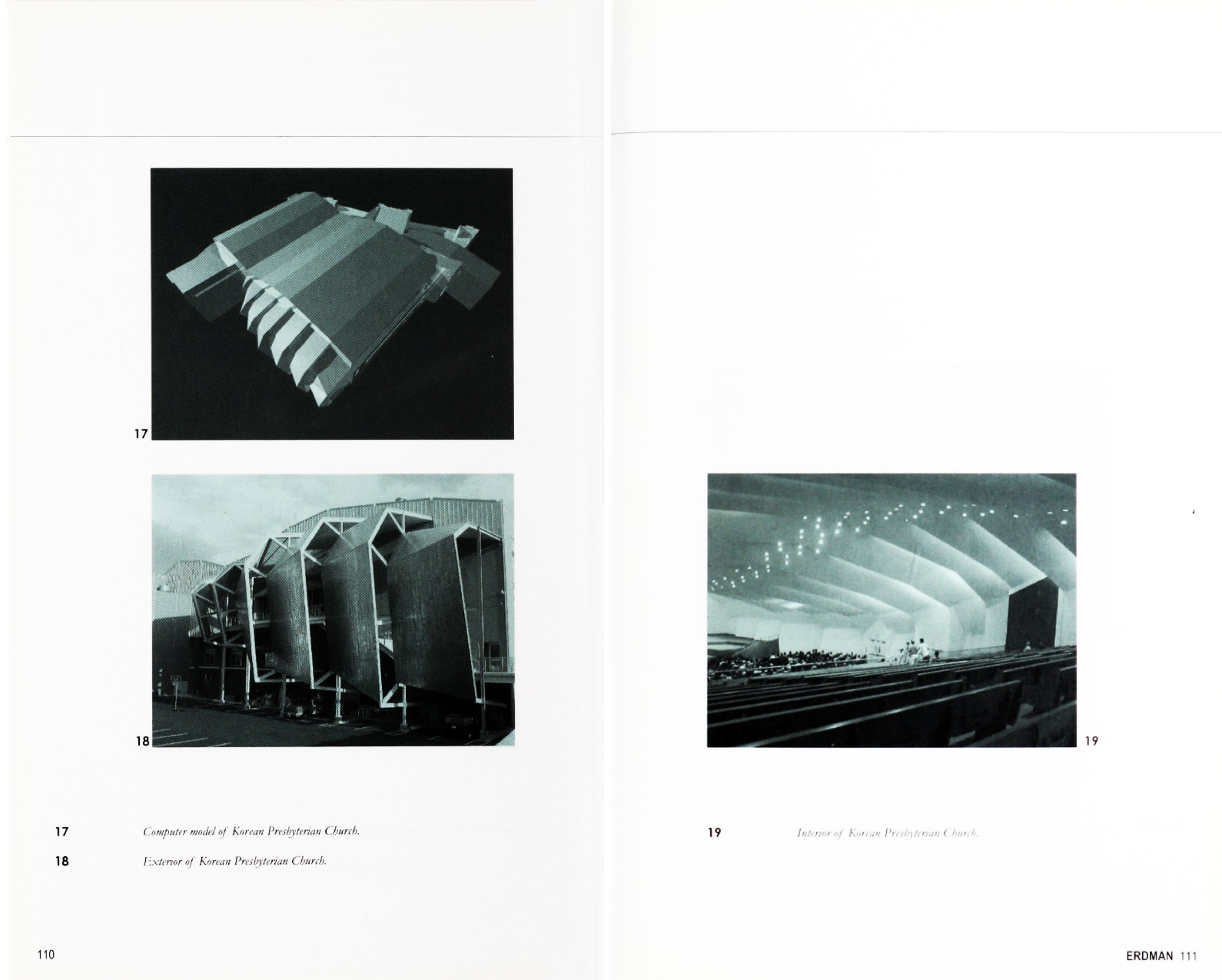
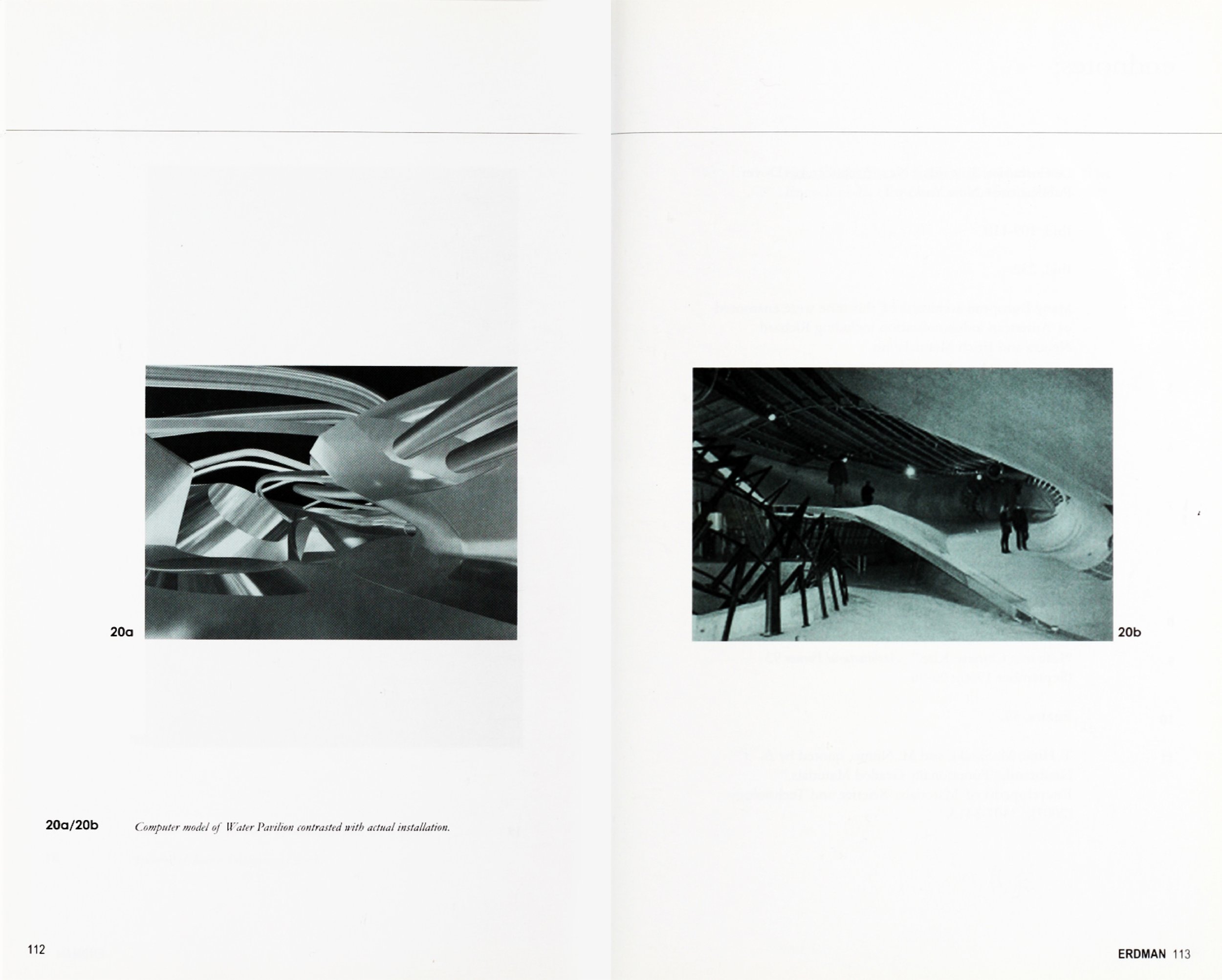
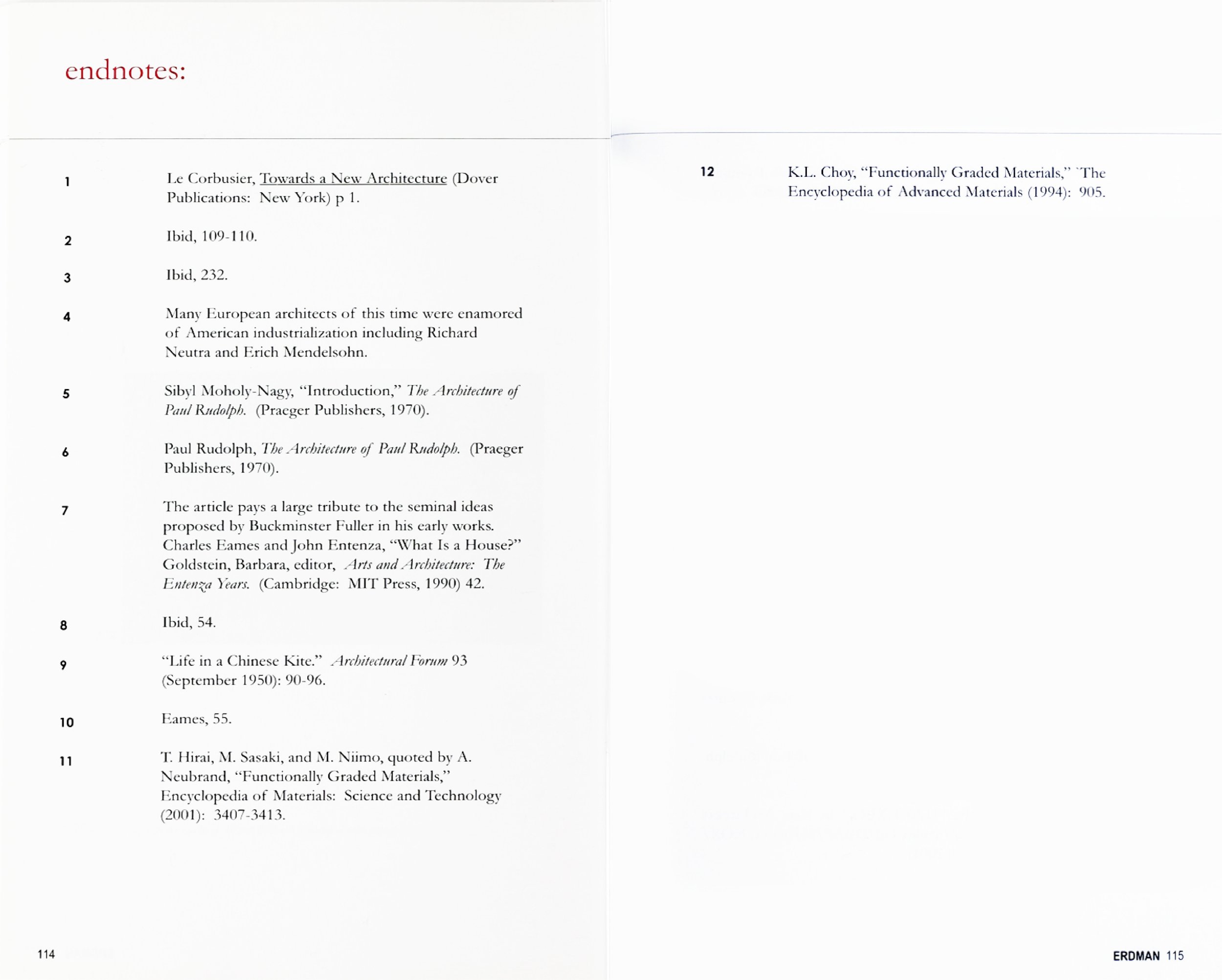
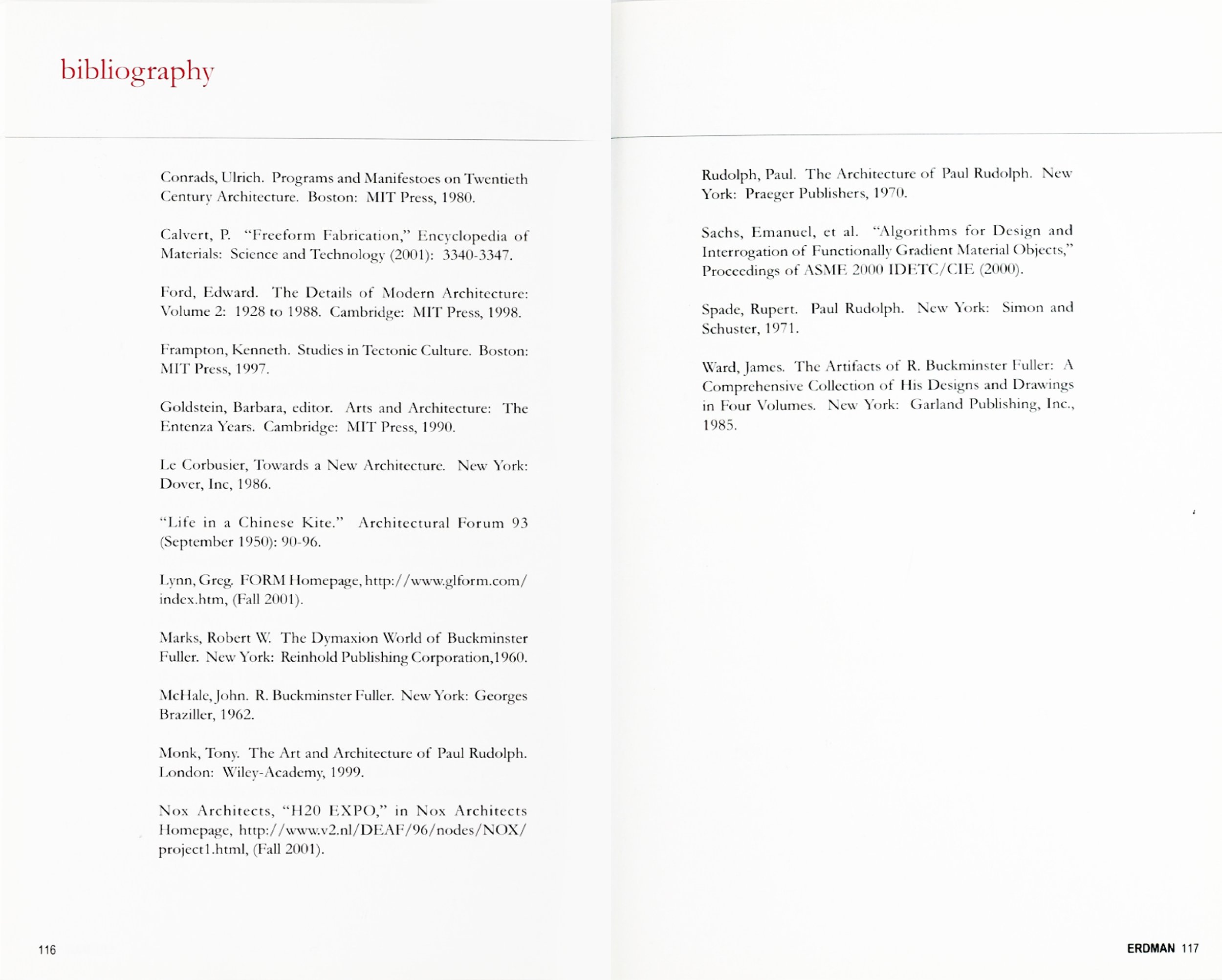

DICHOTOMY 14: SPECULATIONS
“To speculate” is to be curious; to wonder; or to reflect.
As early as our first design studio, we are taught to “unlearn” all that we know as we ponder other kinds of possibilities to a problem. We are encouraged to examine a situation and its components; to seek a solution by wondering what the problem means, not by what it is. This process of speculation influences how we perceive, think, and respond to the framework of our surroundings.
Within this issue of Dichotomy is a collection of conservations and essays, all of which are explorations whose roots are found in speculation. This process of questioning becomes the lens through which the authors and contributors reflect on the role of the architect, the designer, the builder, and the inventor. In response to the question of technology and its roots in the poetic, Dan Rockhill, Rockhill and Associates, refers to the importance of making and the belief in craft, both of which result in “the presence of the hand.” Julie Eizenberg, Koning Eizenberg Architecture, shares her thoughts on the role of speculations within the work of her practice.
Contributor
Julie Ju-Youn Kim: Intro
Dan Rockhill: THE PRESENCE OF THE HAND
Julie Eizenberg: DRIVEN BY DOUBT
Nader Tehrani, Monica Ponce de leon: CONSTRUCTING A DIFFERENT FUTURE
Eila Kennedy: LOOKING AGAIN
Eric Joweler: VERTICAL HORIZONS: CURTAIN WALL BACK-GROUNDS
Joiri erdman: INVENTIONS, INNOVATIONS, APPLICATIONS: NOTES ON THE DEVELOPMENT OF ARCHITECTURAL MATERIALS
For her, speculation is rooted in doubt, which, in turn, drives the explorations in her work. Similarly, Sheila Kennedy, Kennedy Violich Architecture, suggests the root of speculation is in research, meaning to look again at something. It is in the looking again that one can begin to speculate, or to see something different in a seemingly ordinary thing. The work of KVA is based on the re-looking and imagining the [non-utopian] future. Monica Ponce de Leon and Nader Tehrani, Office DA, suggest the motivation in their work is to construct a different future. By appropriating other technologies and bringing them into architecture, they attempt to accelerate the bridge between engineering and design. This question of the future is a difficult one as Jori Erdman, Assistant Professor of Architecture at Clemson University, points out. In her essay, she examines the historical role of the architect as both designer and engineer As Gropius urged, Erdman suggests architects should look to other disciplines outside of architecture. She offers a provocative argument, proposing engineering advancements will allow functionally gradient materials to ultimately replace the traditional multicomponent assemblies, evident in the ubiquitous curtain wall. In an evocative essay, Eric Howeler, Senior Designer at Kohn Pederson Fox, offers his speculations on the role of the curtain wall in relation to the mass media from a historical to contemporary perspective.
Team
Editors: Allison Benford, Johanna Grandy
Assistant Editor: Peter Eppley
Associate Editors: Jeff Freund, Manuel Garza
Faculty Advisor: Julie Ju-Youn Kim
Research: Tanya Bogdanski, Andrew Lehman, Ngan Nguyen, Chandra Moore, Dan Streeting
Nautilus Design: Andrew Sturm
Cover Design: Sara McDuffee
